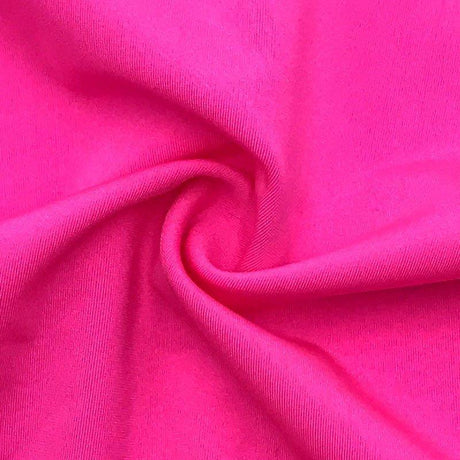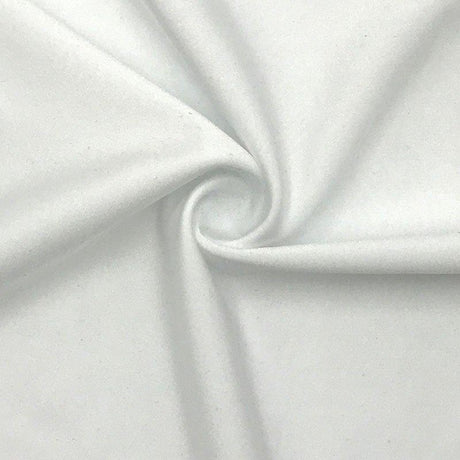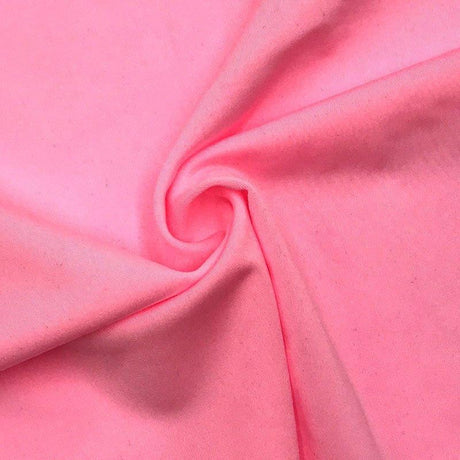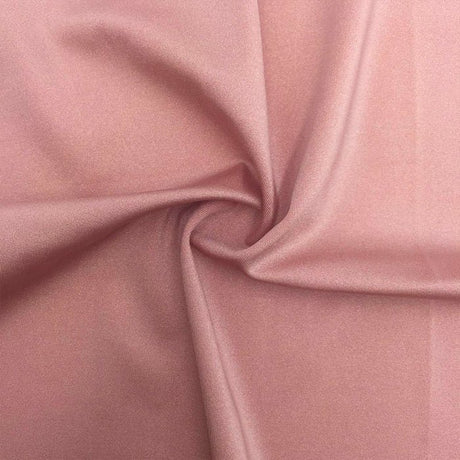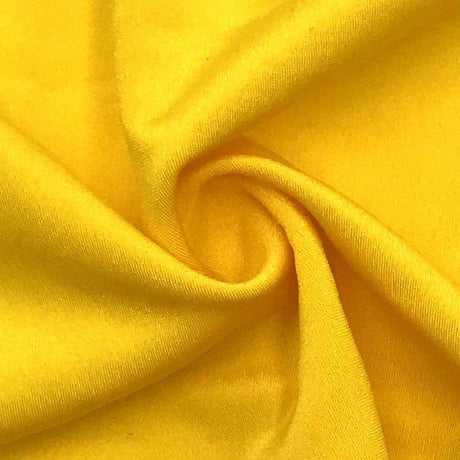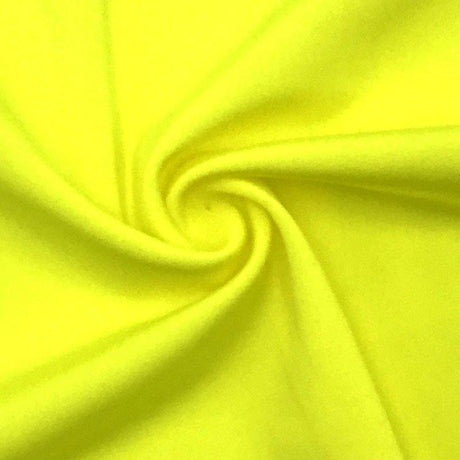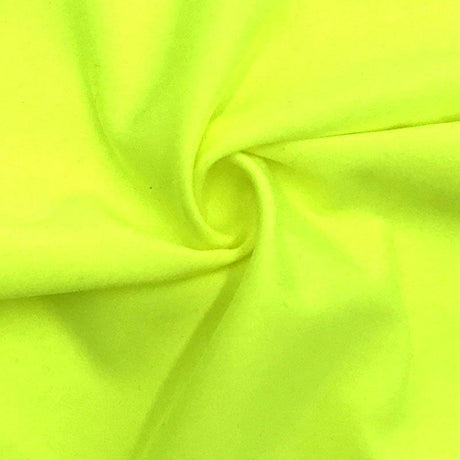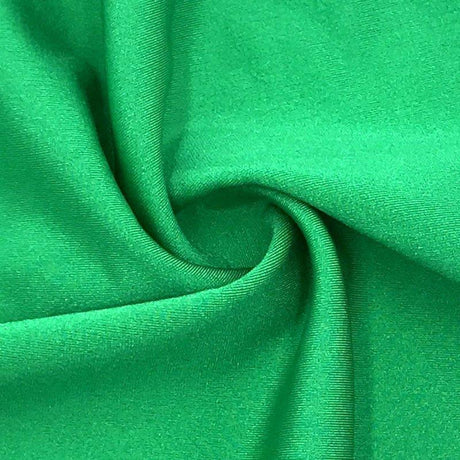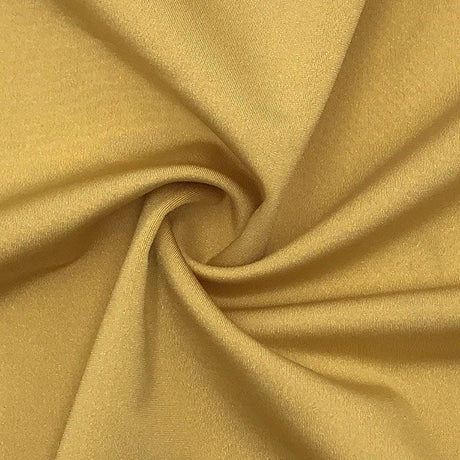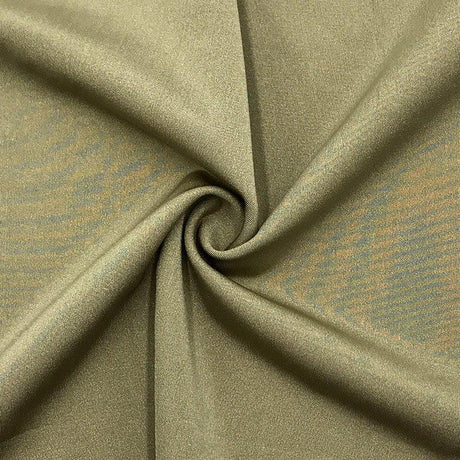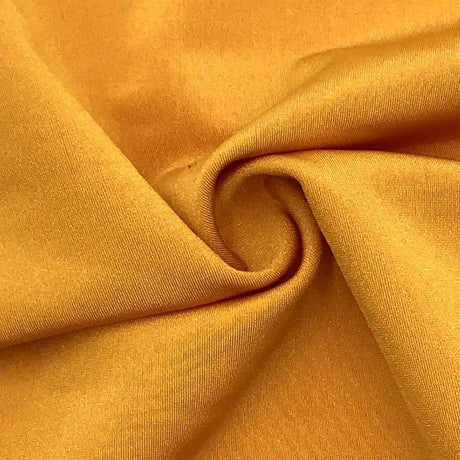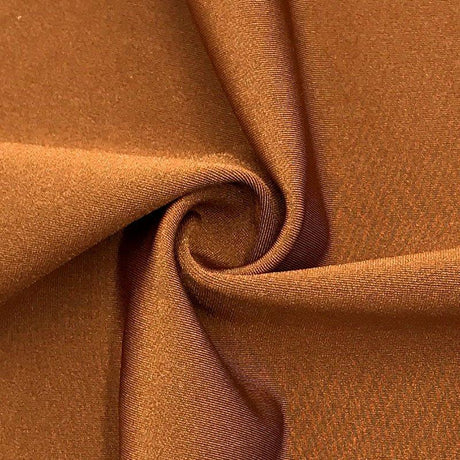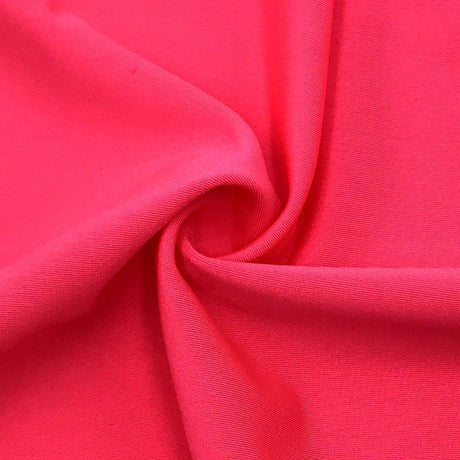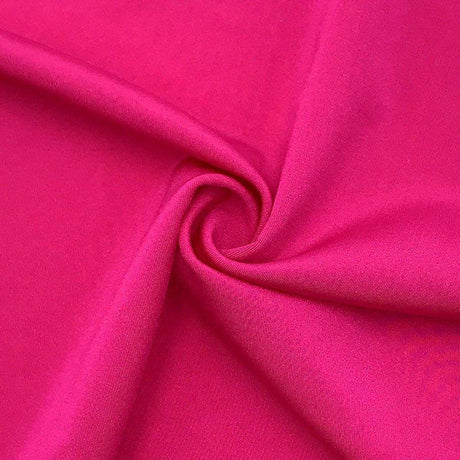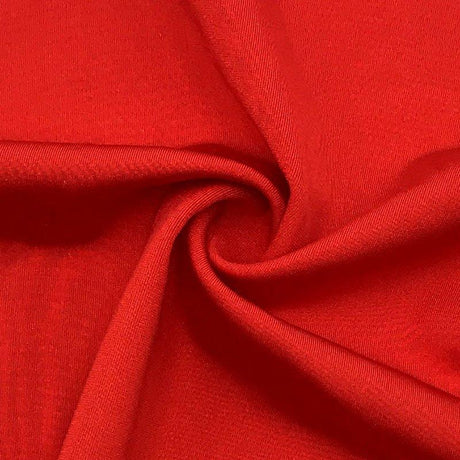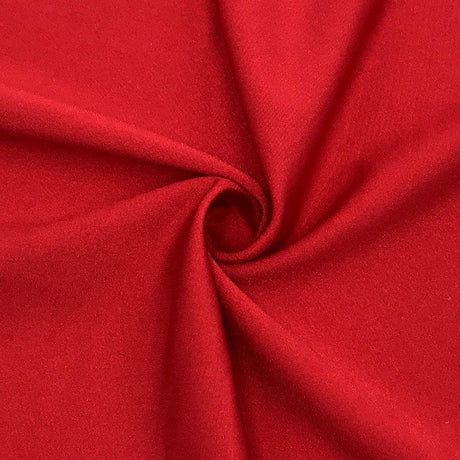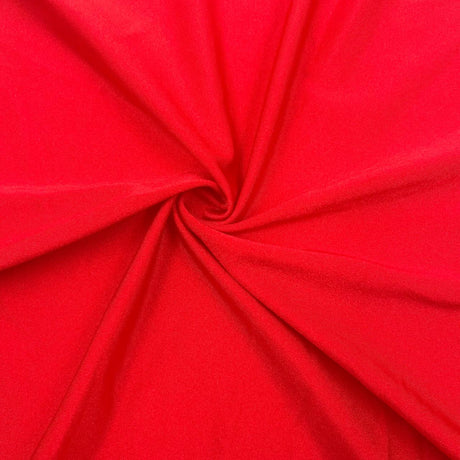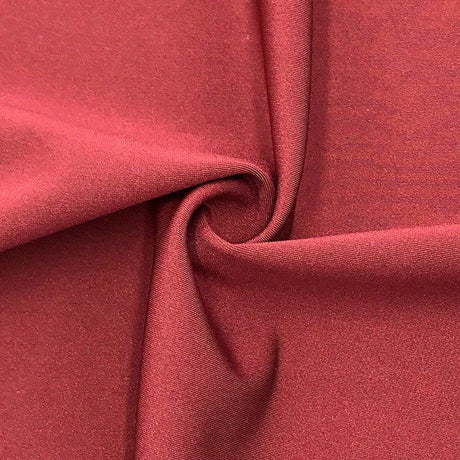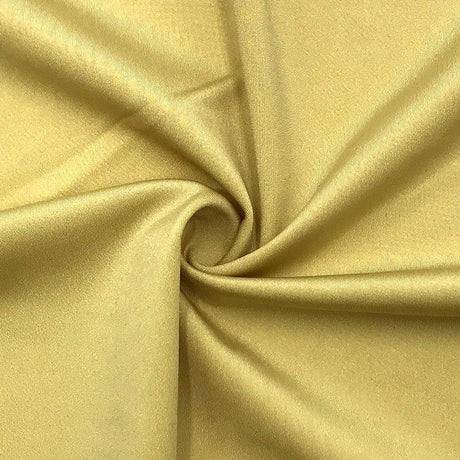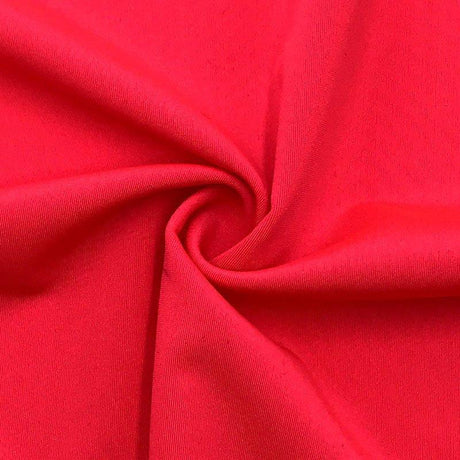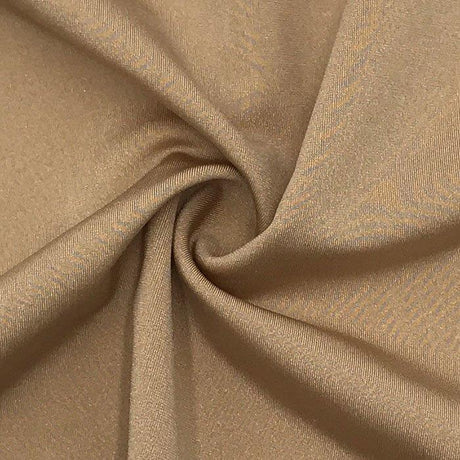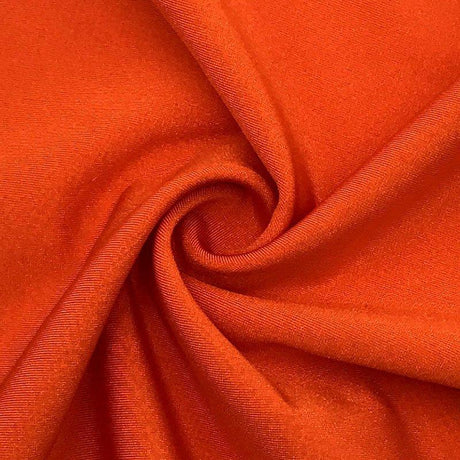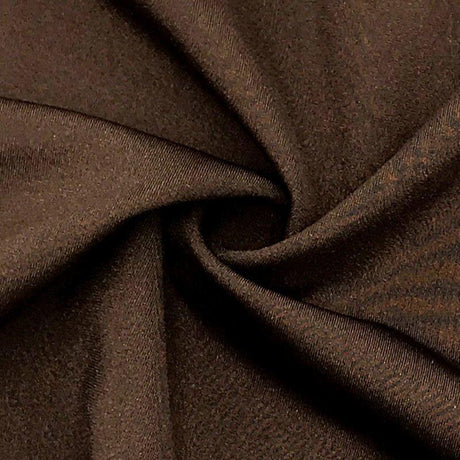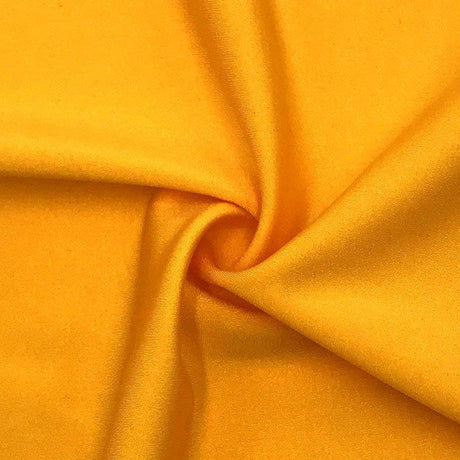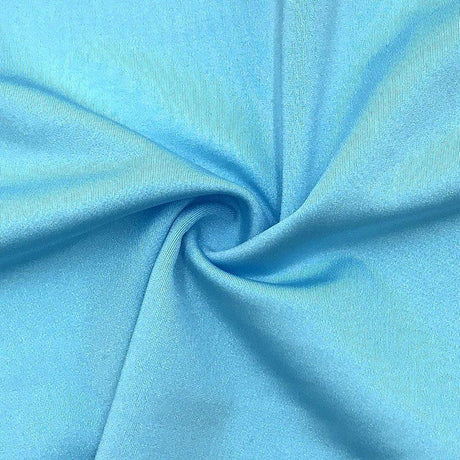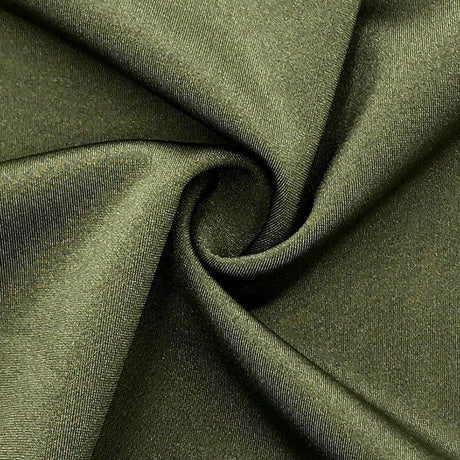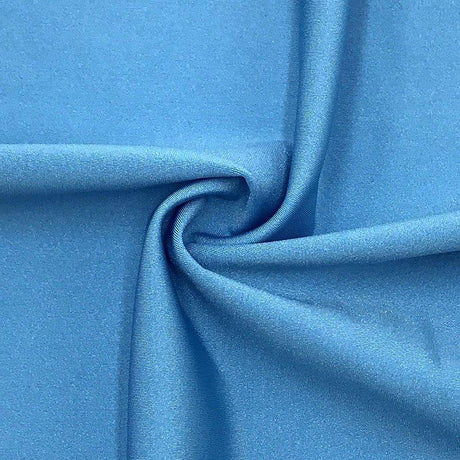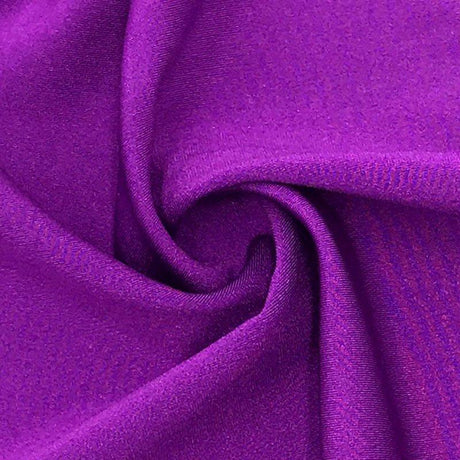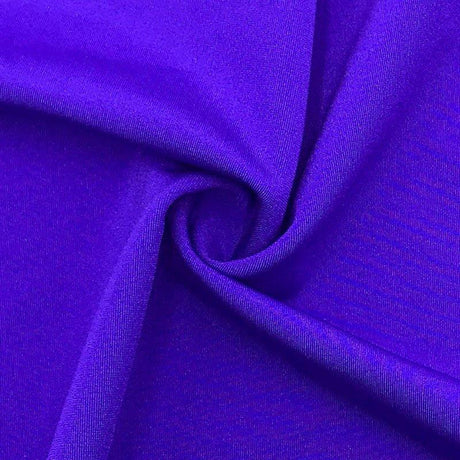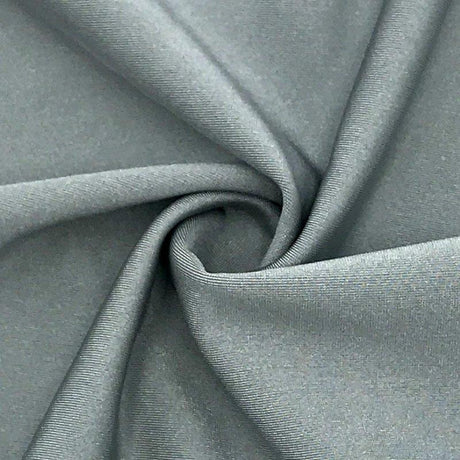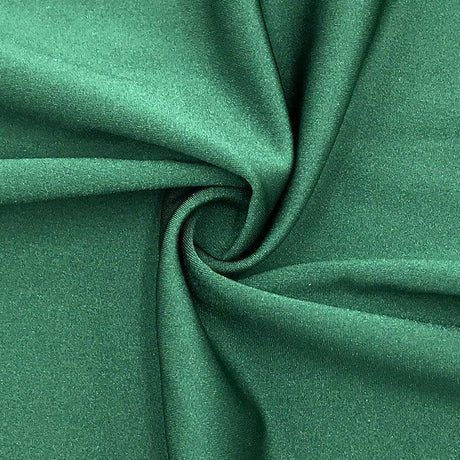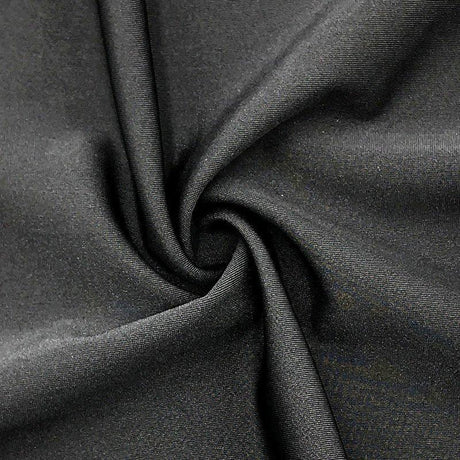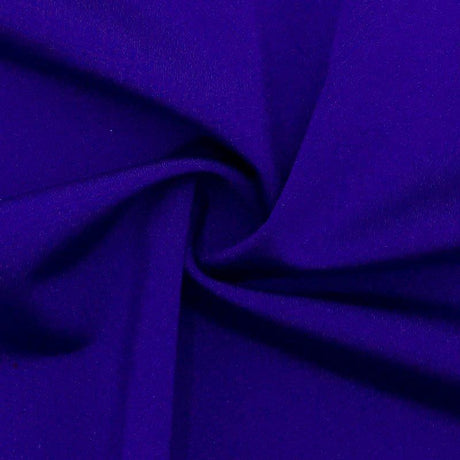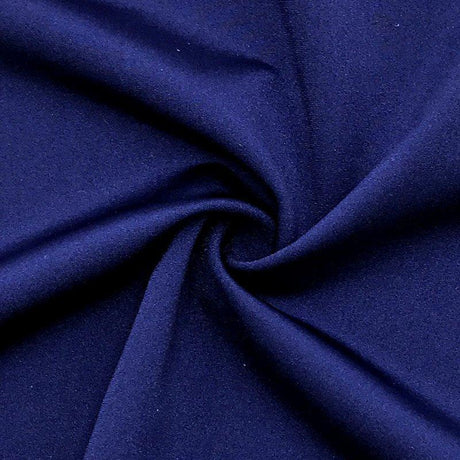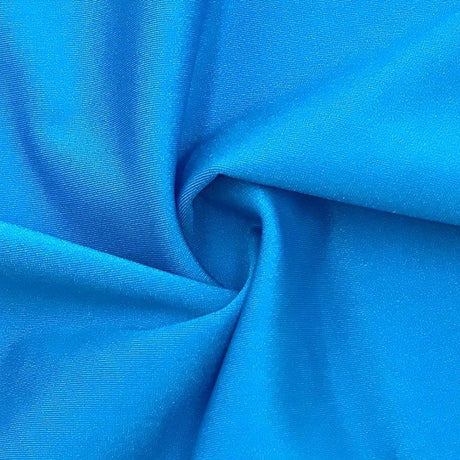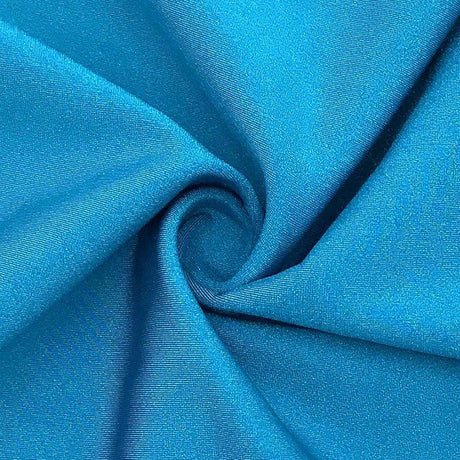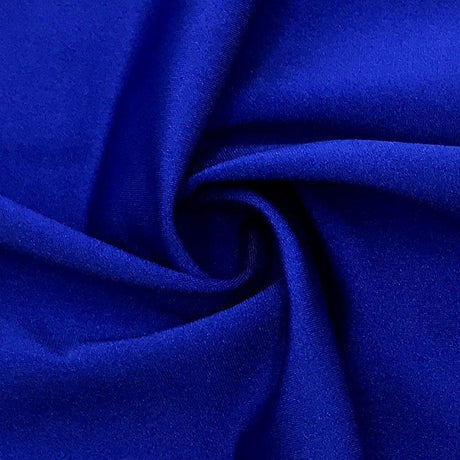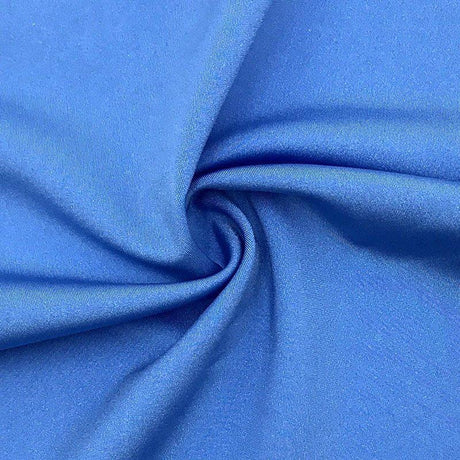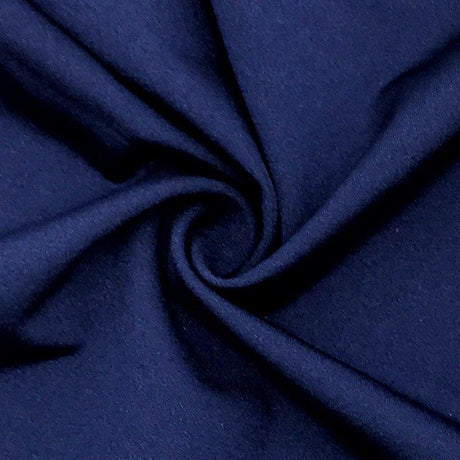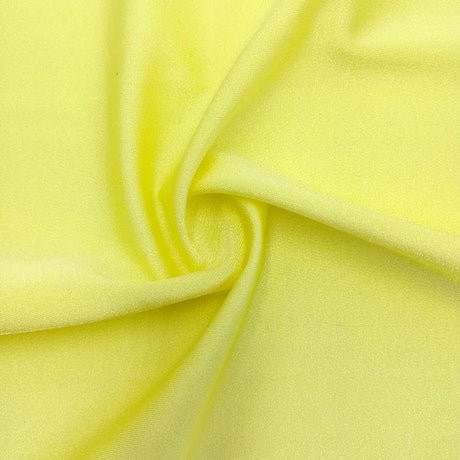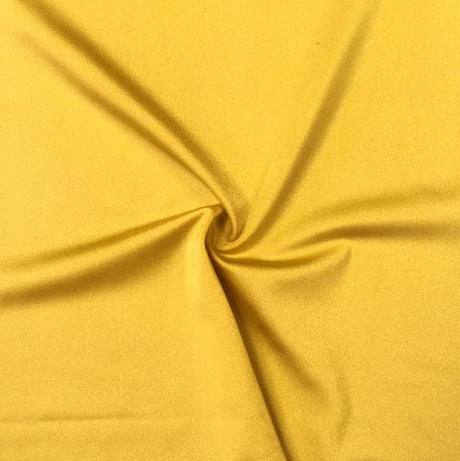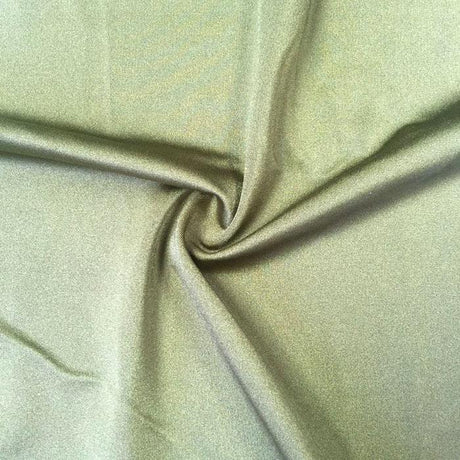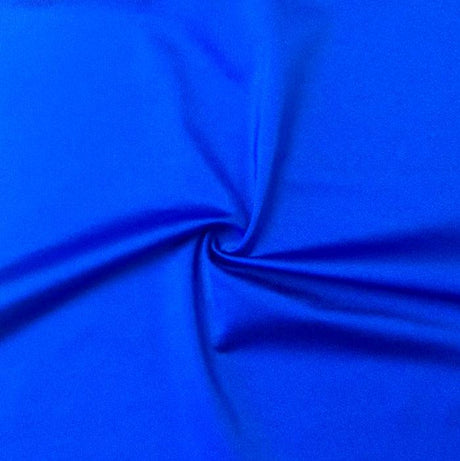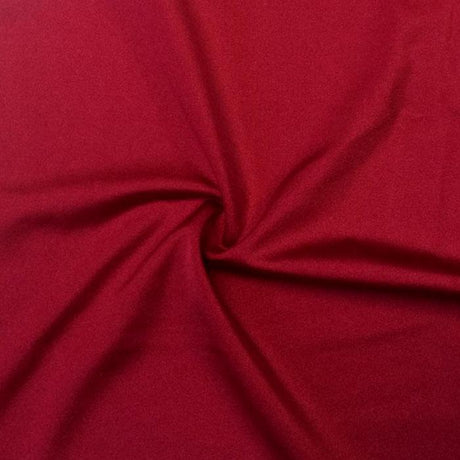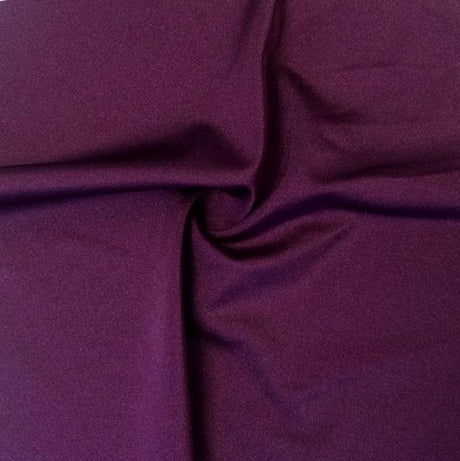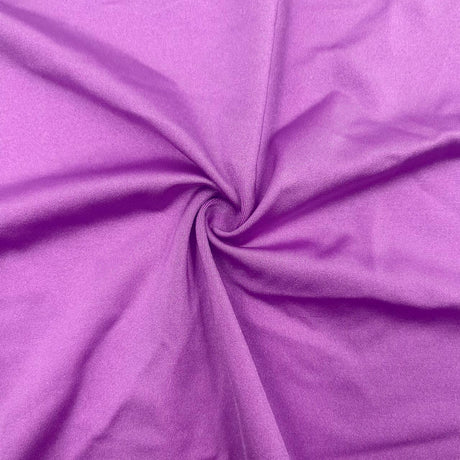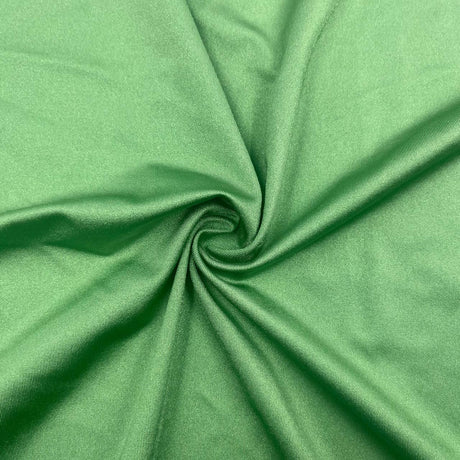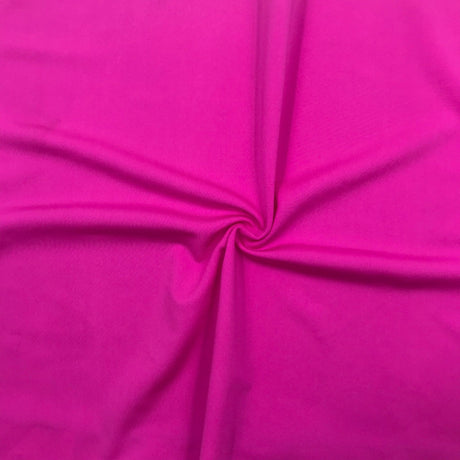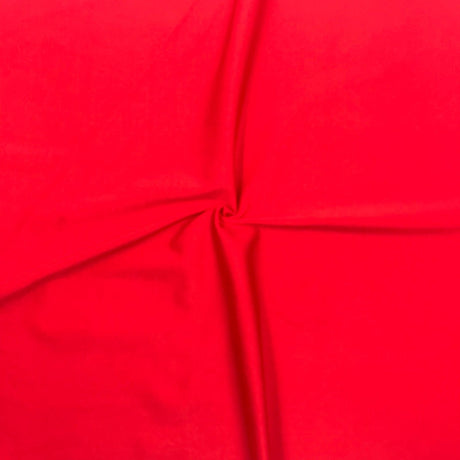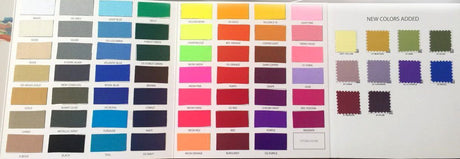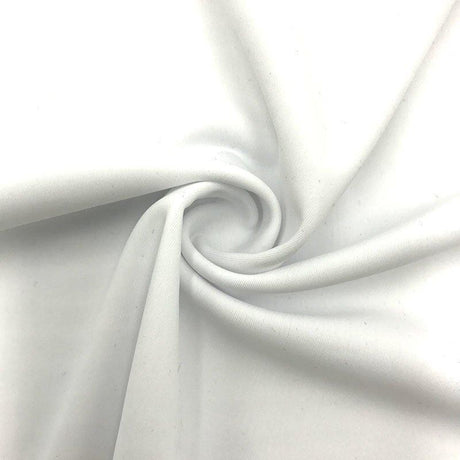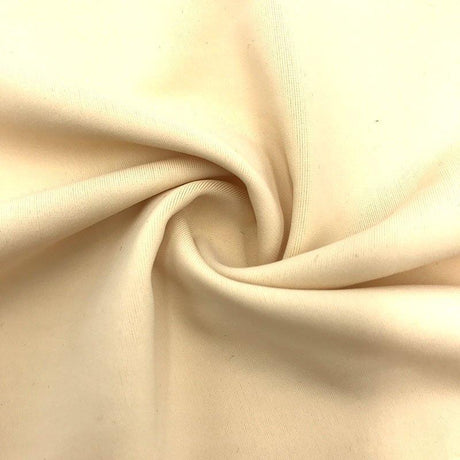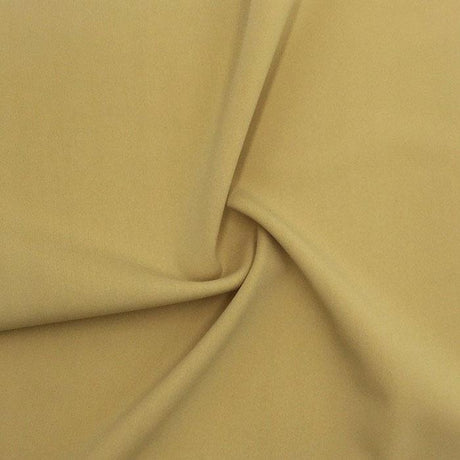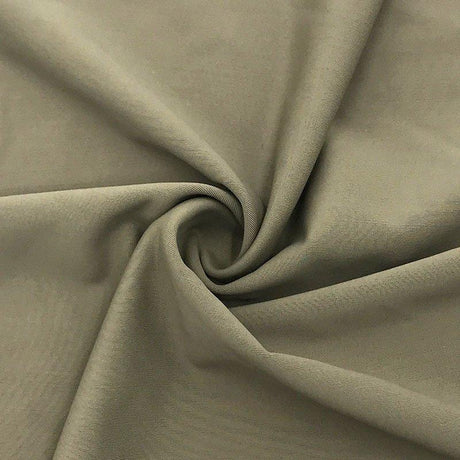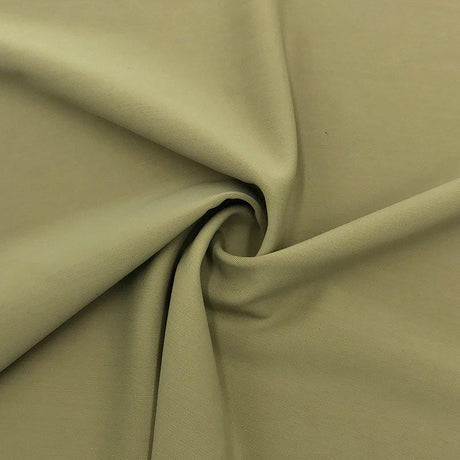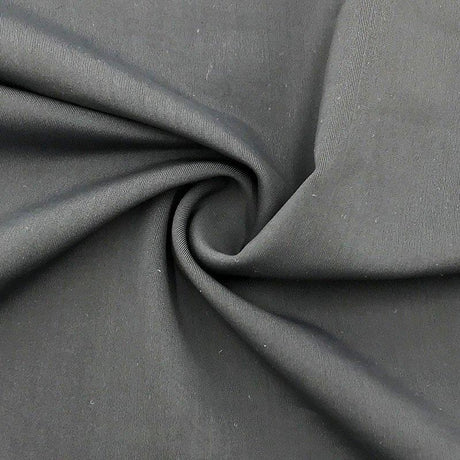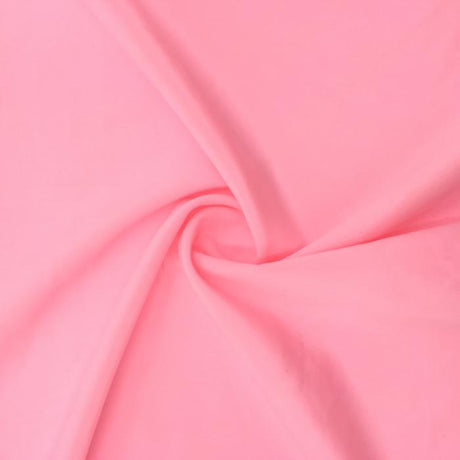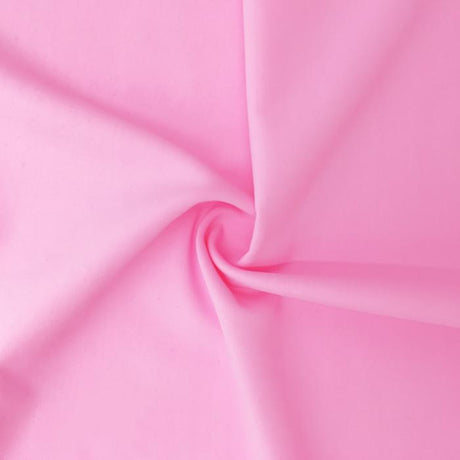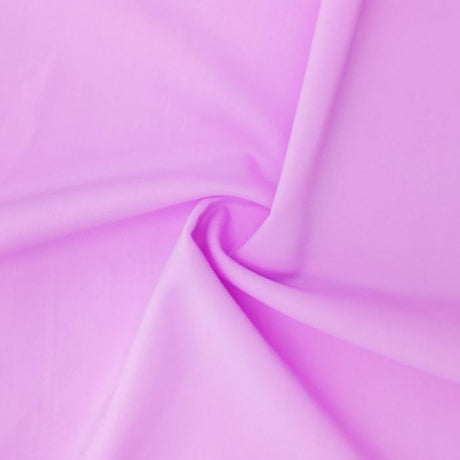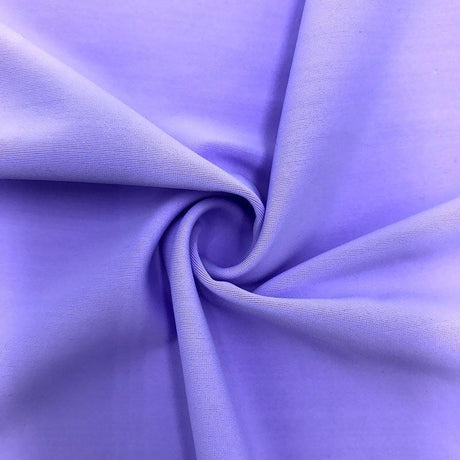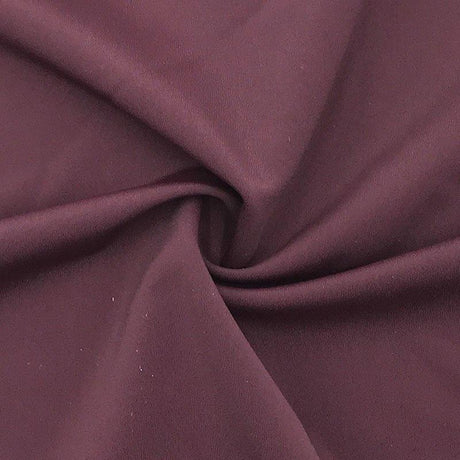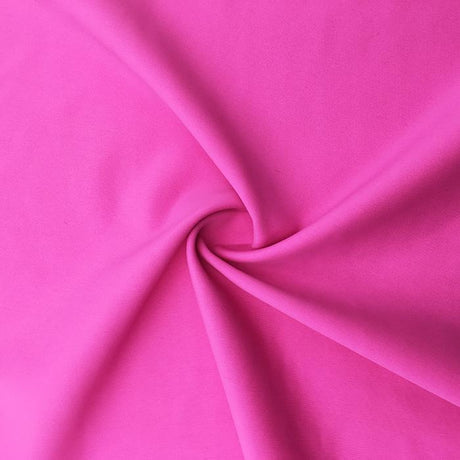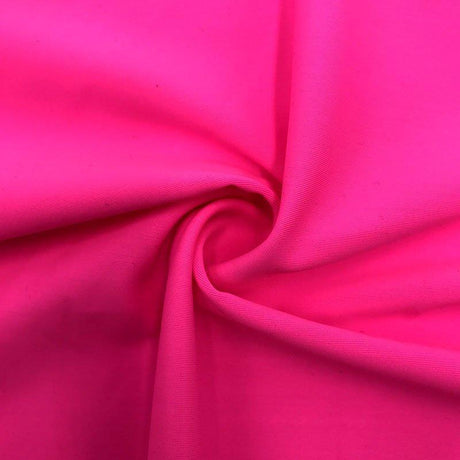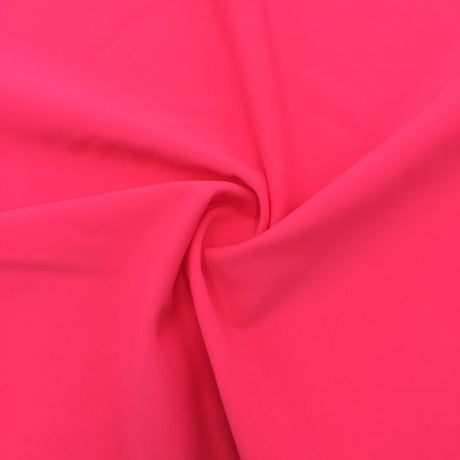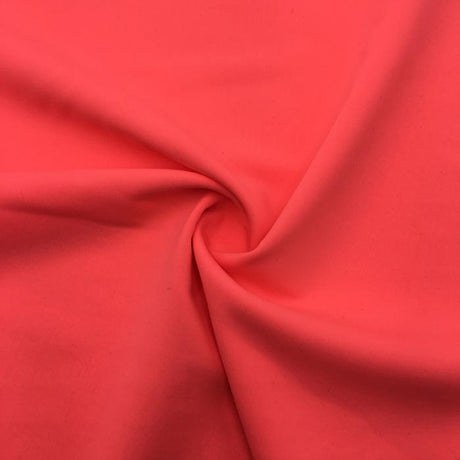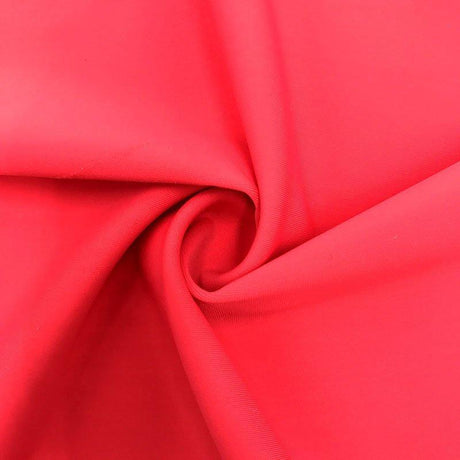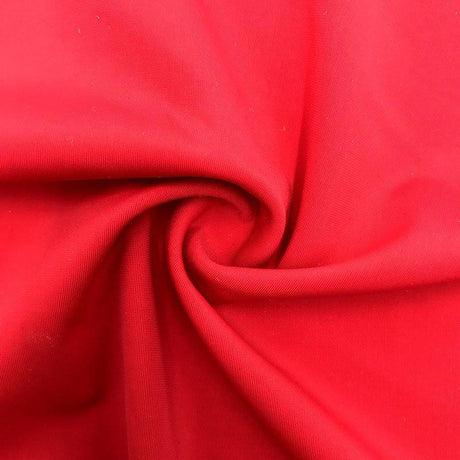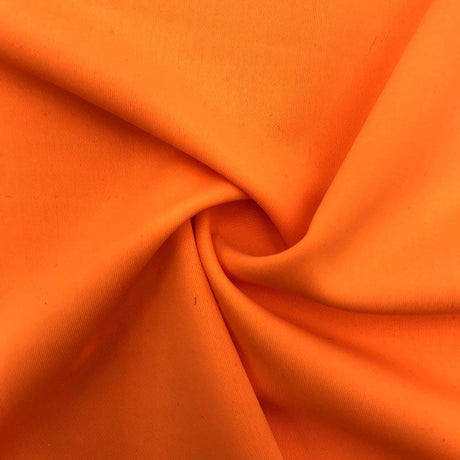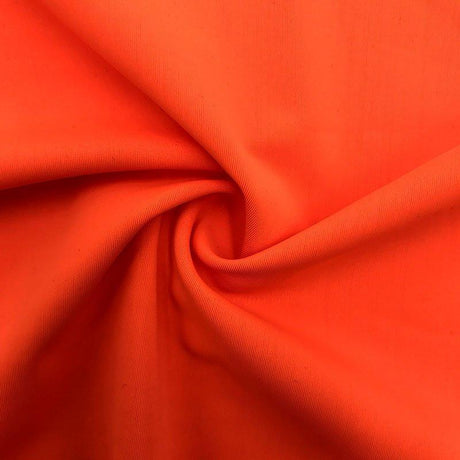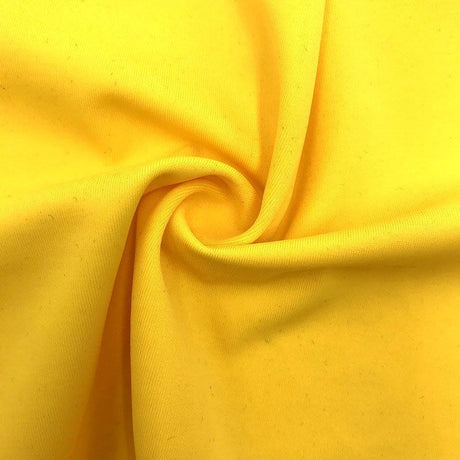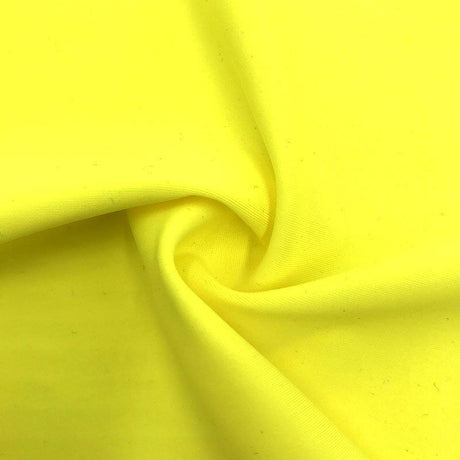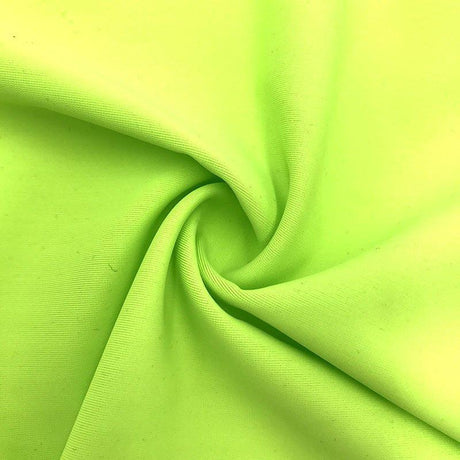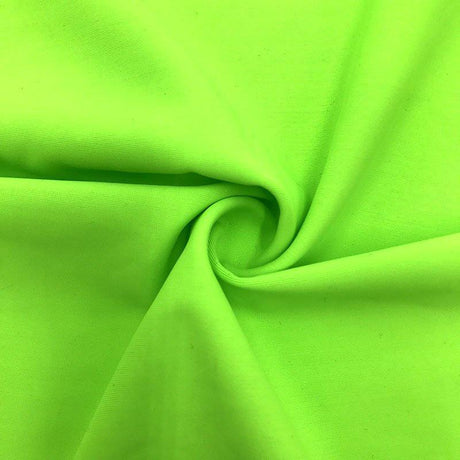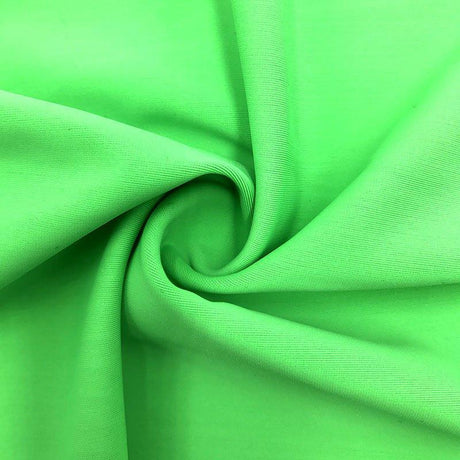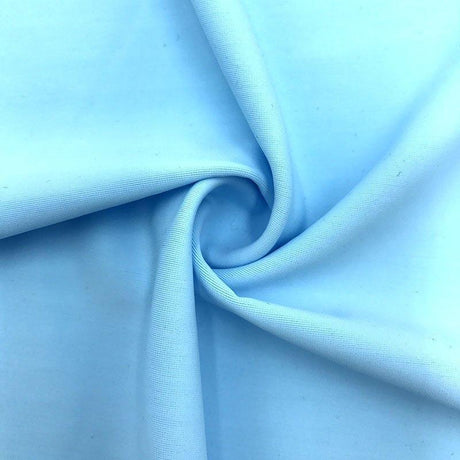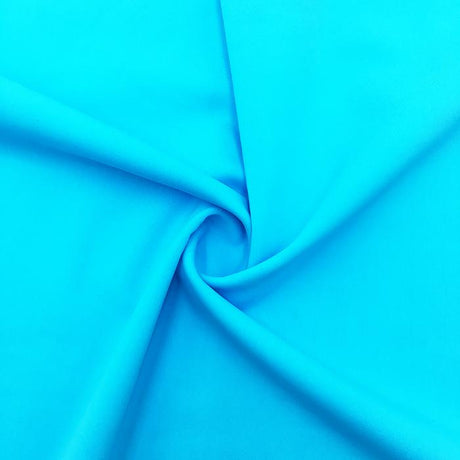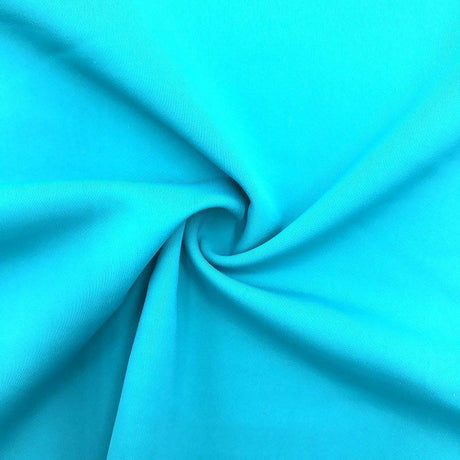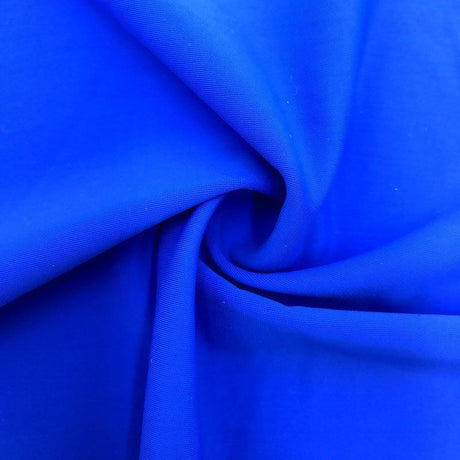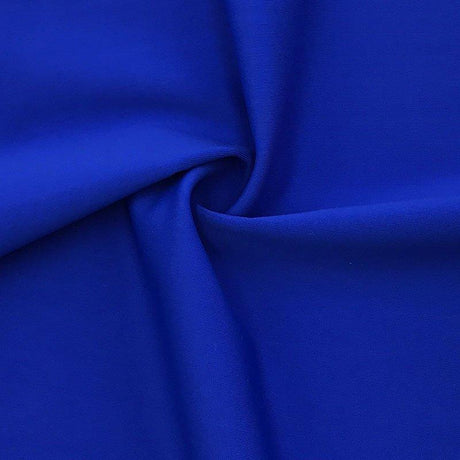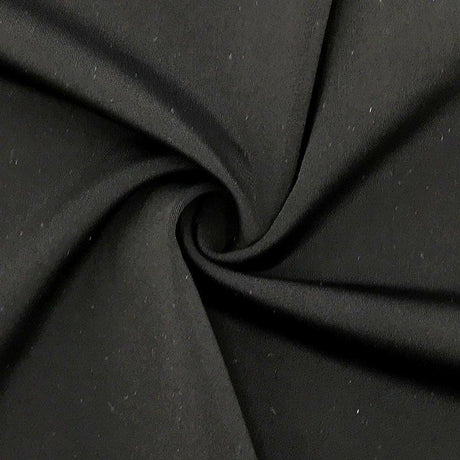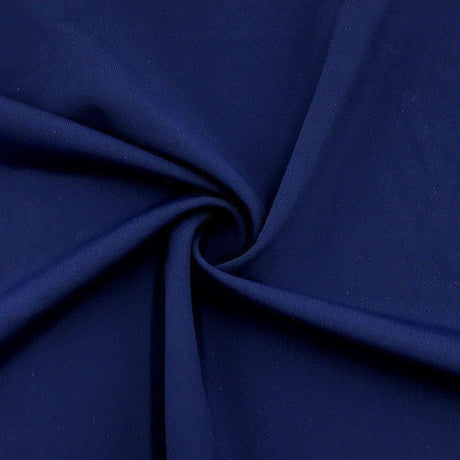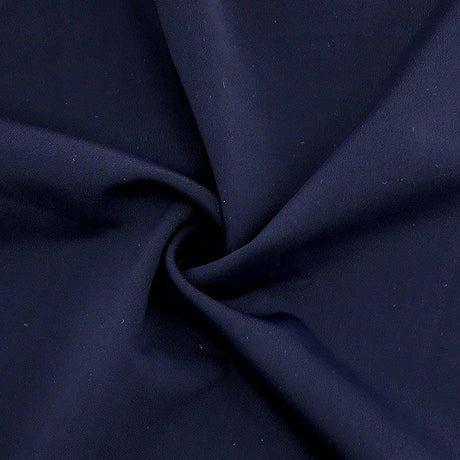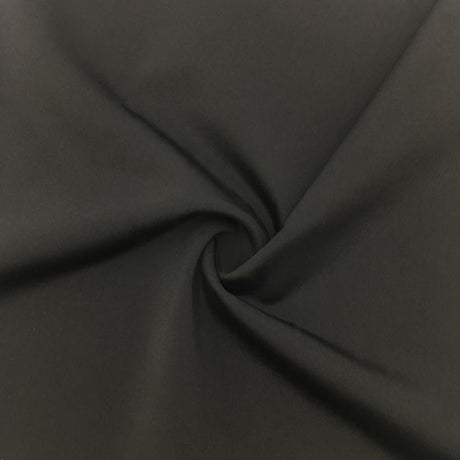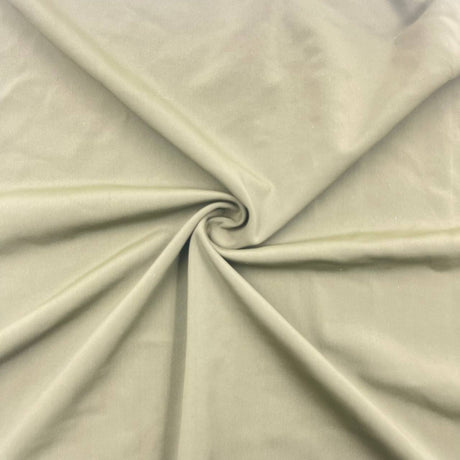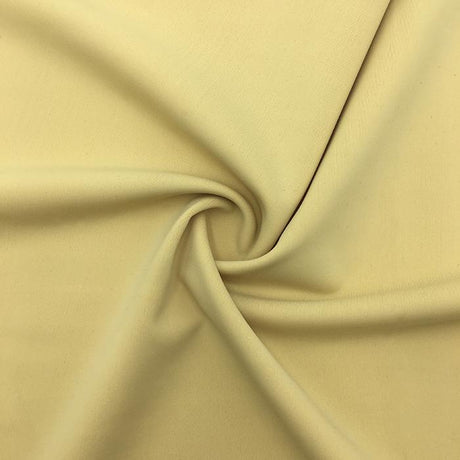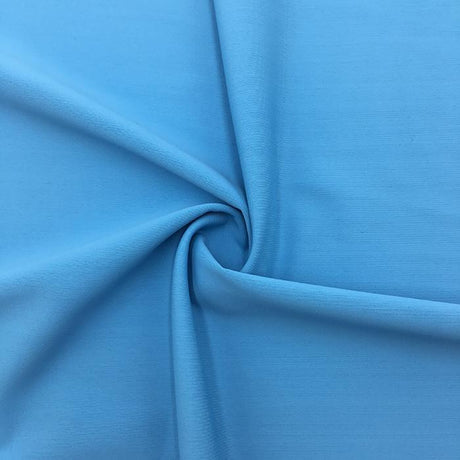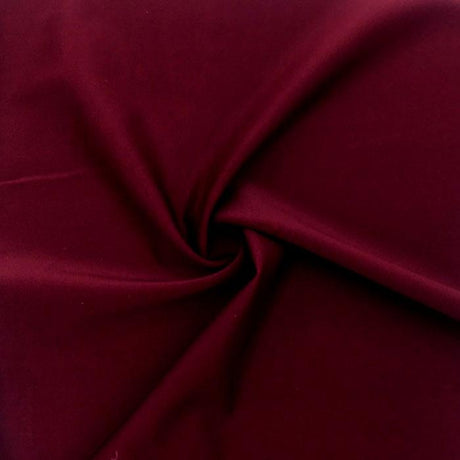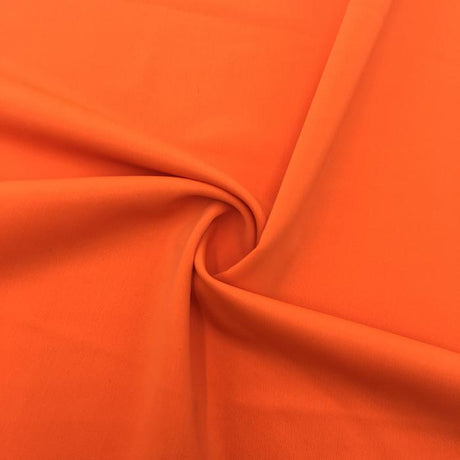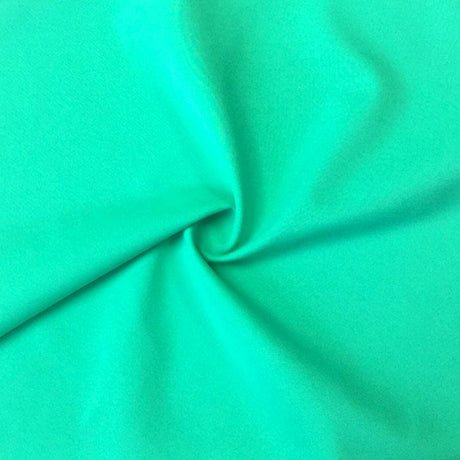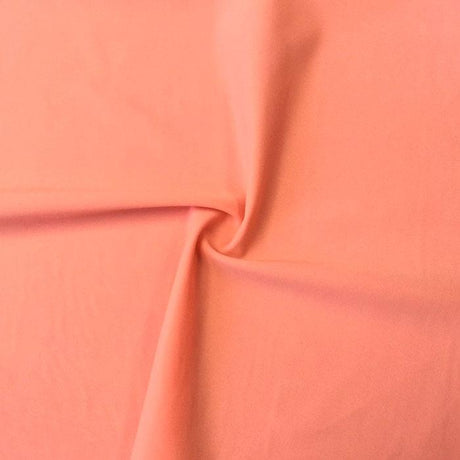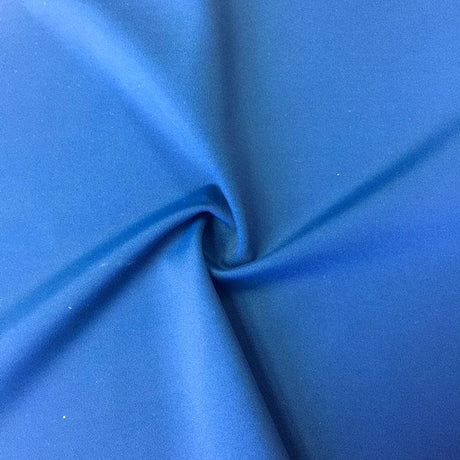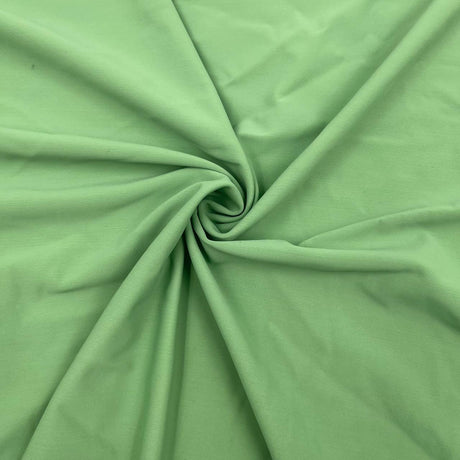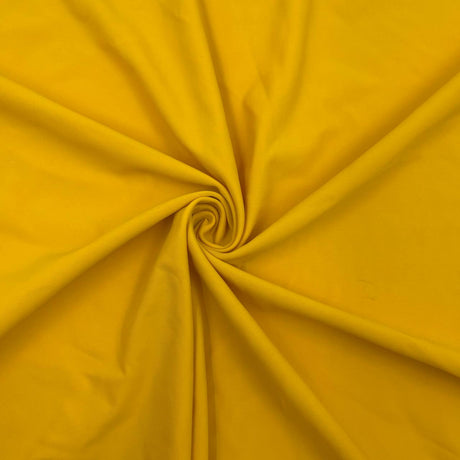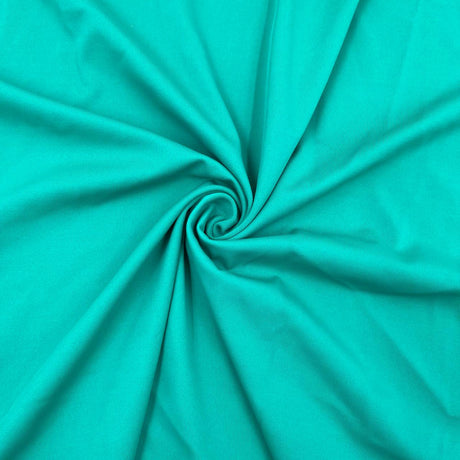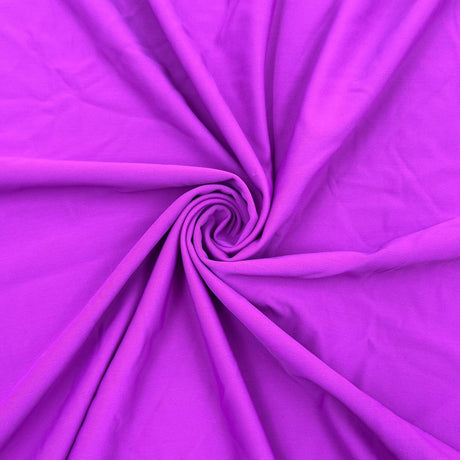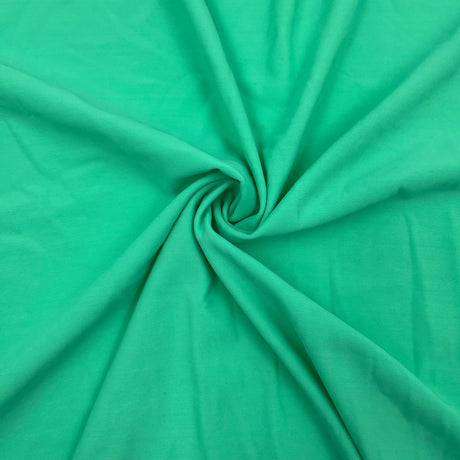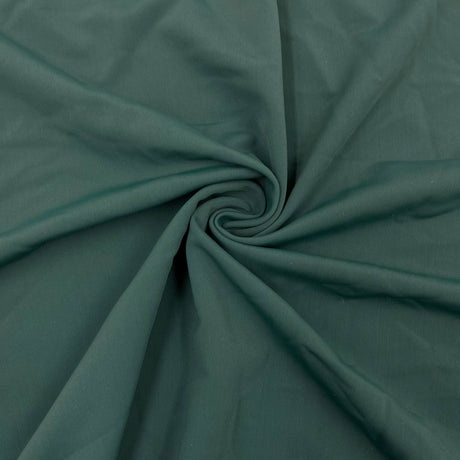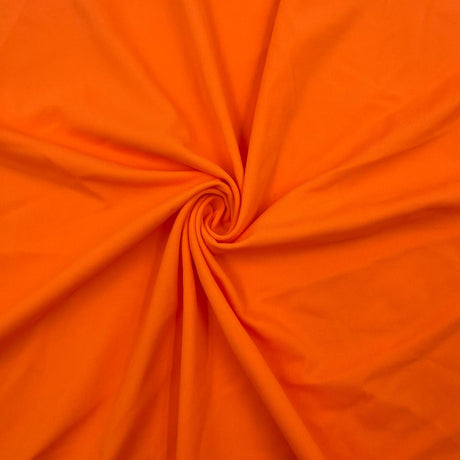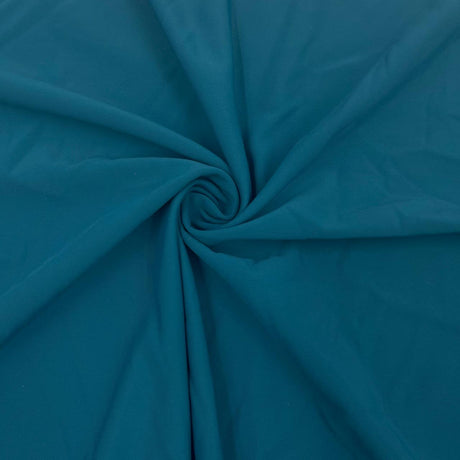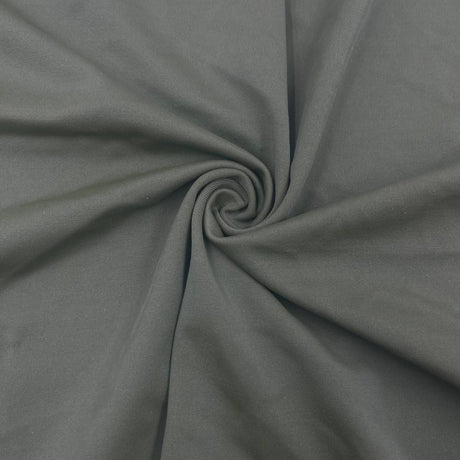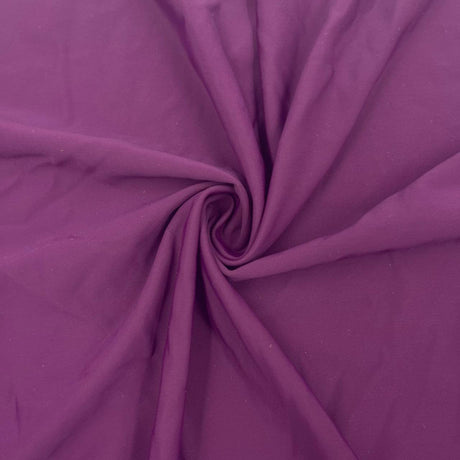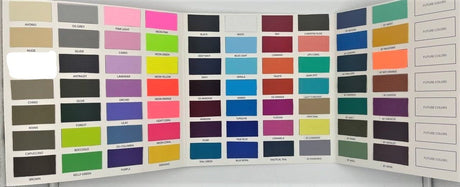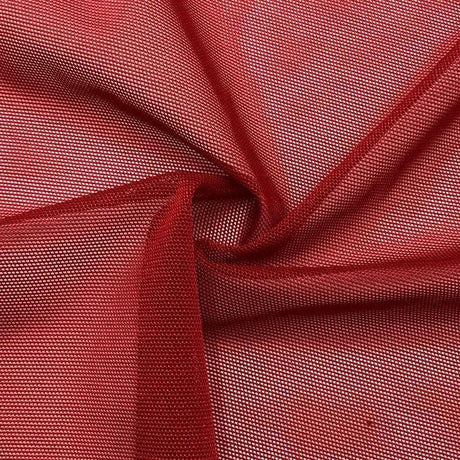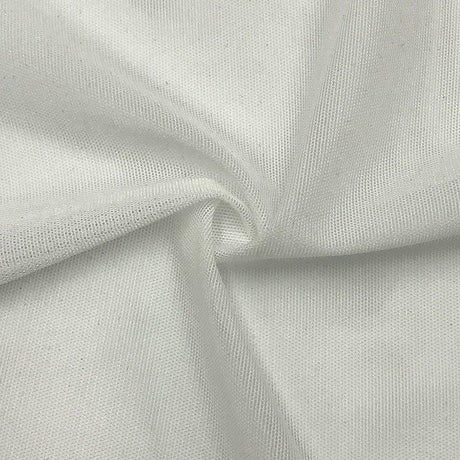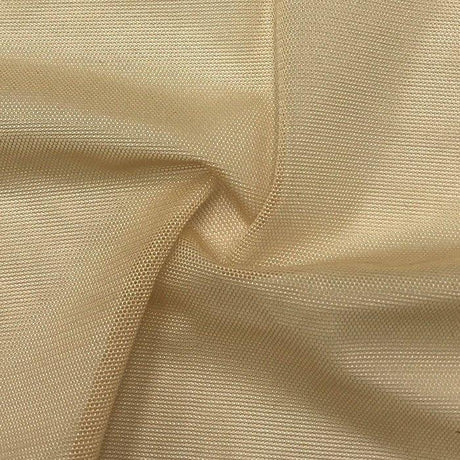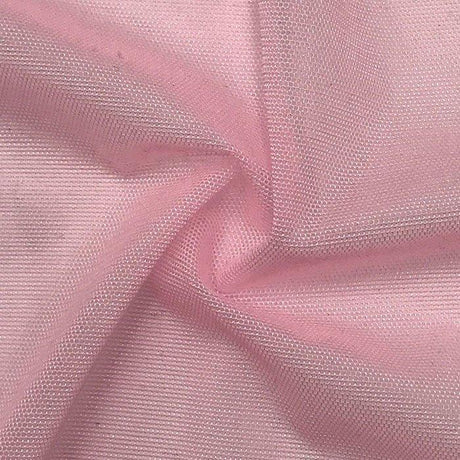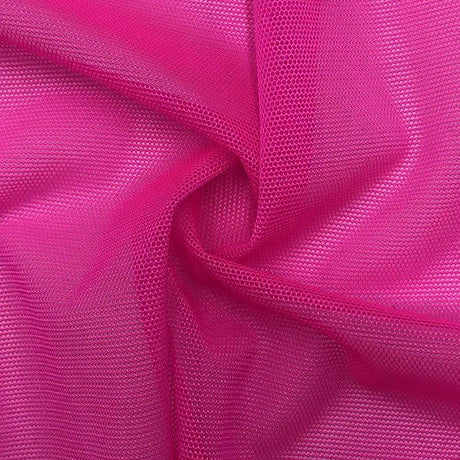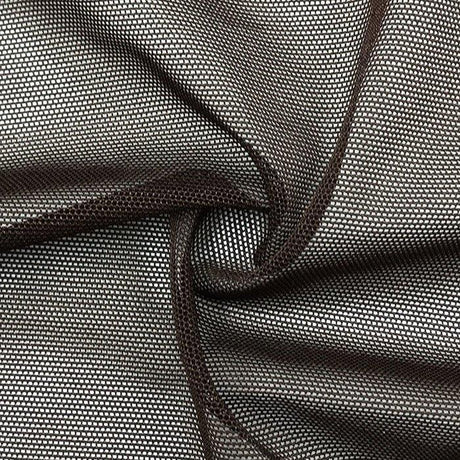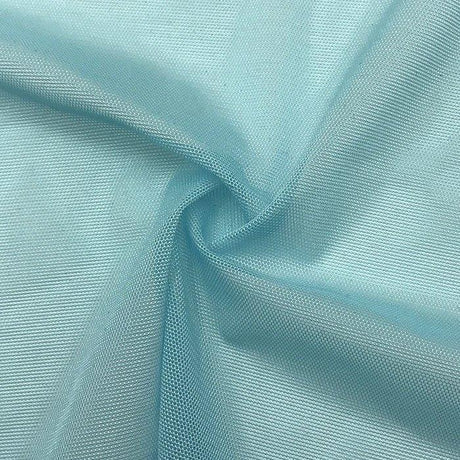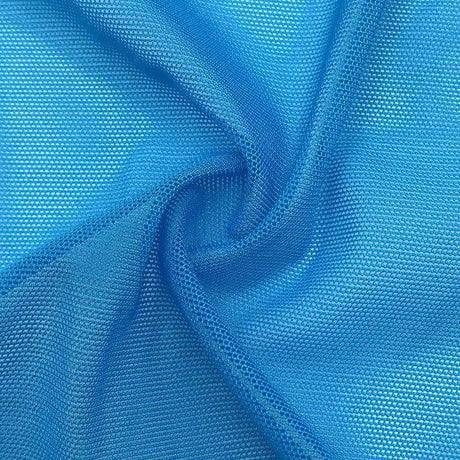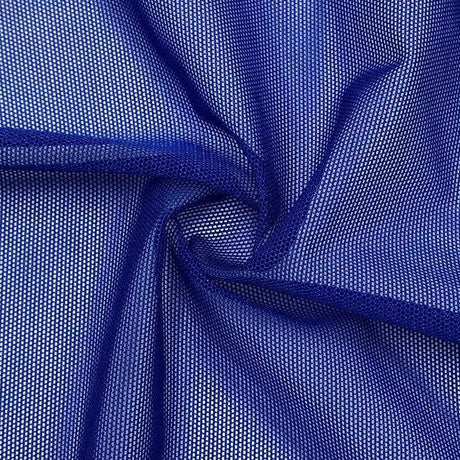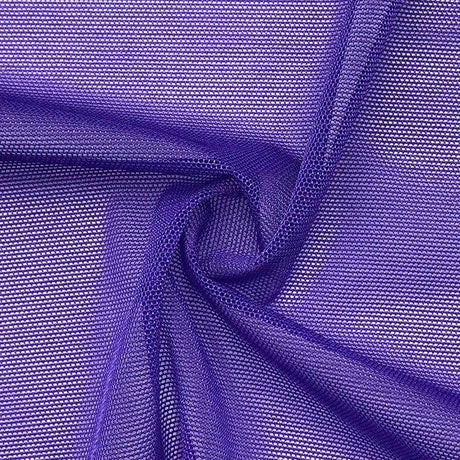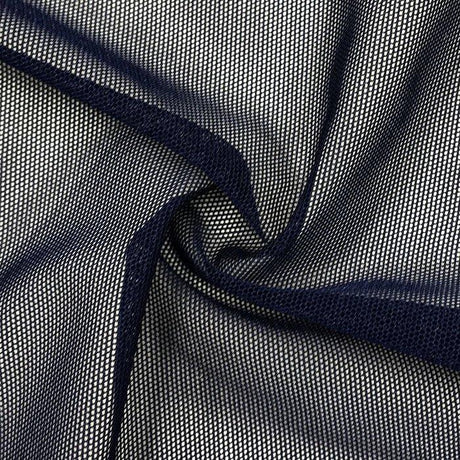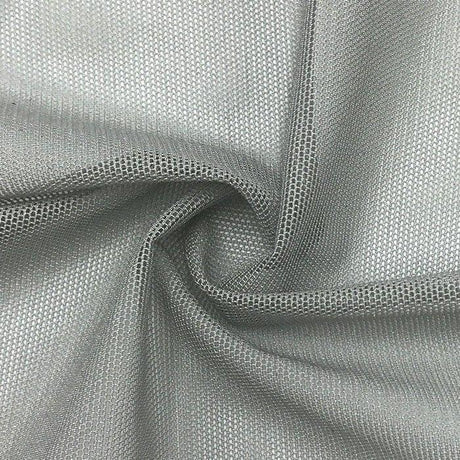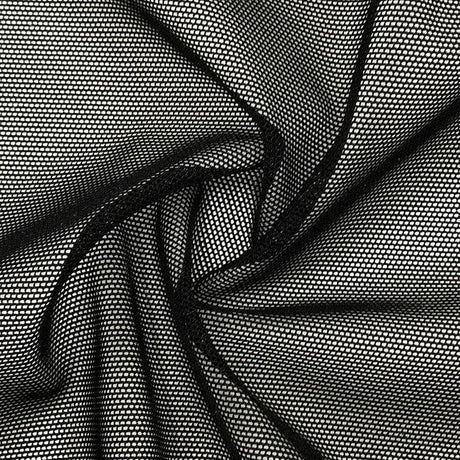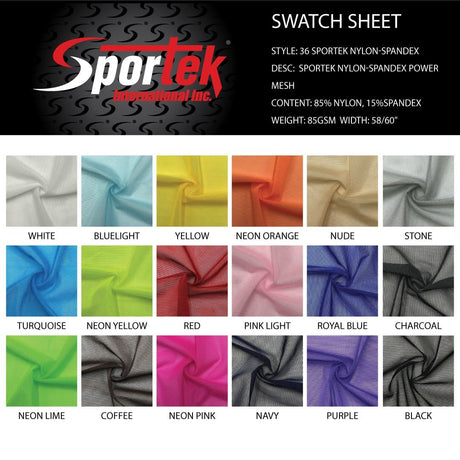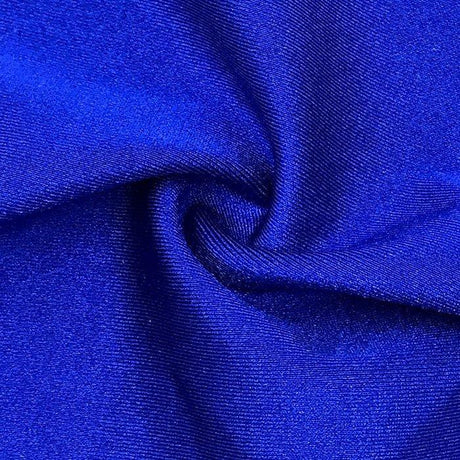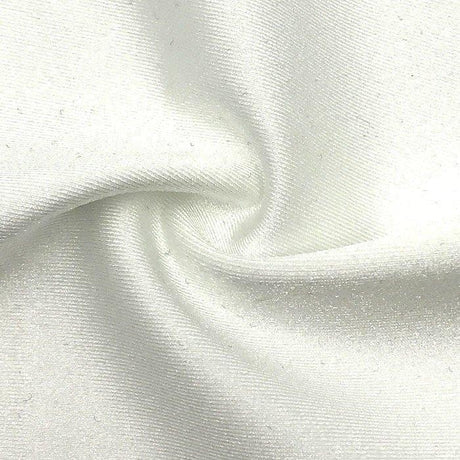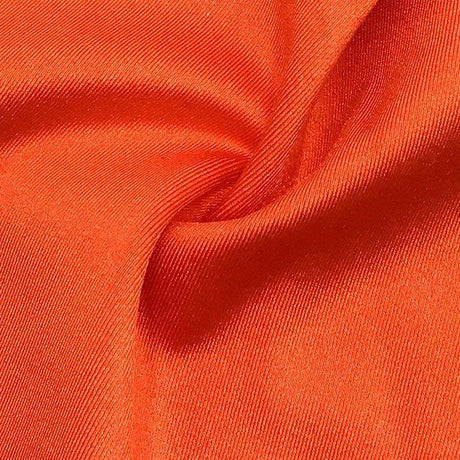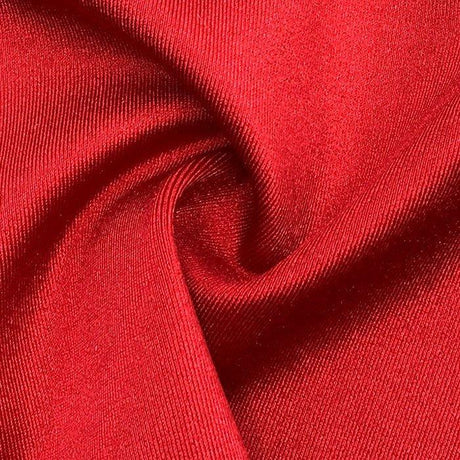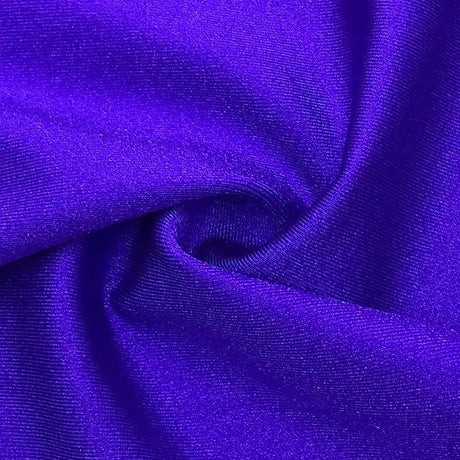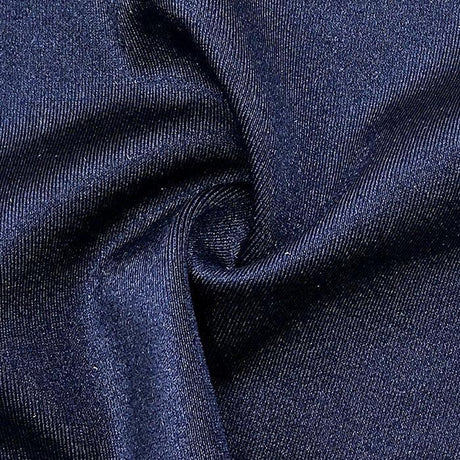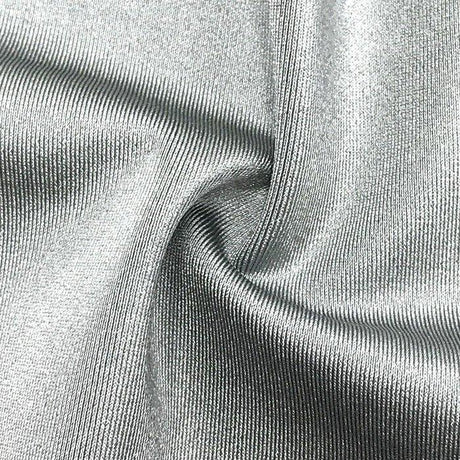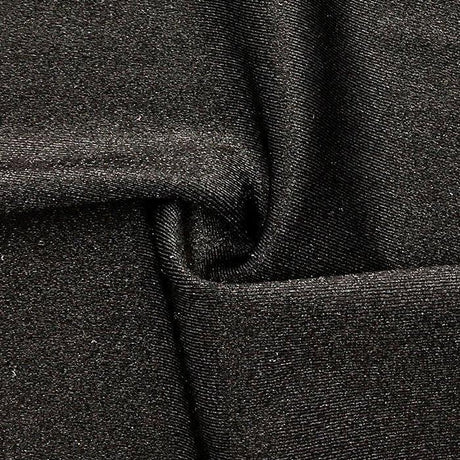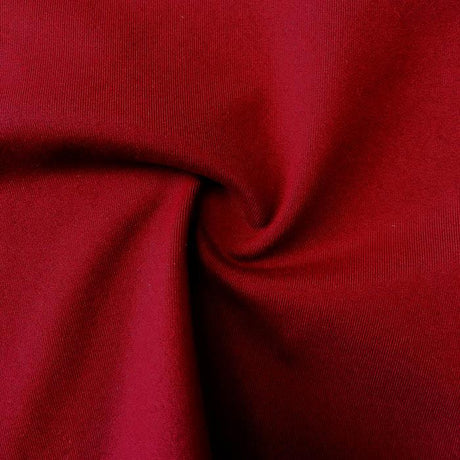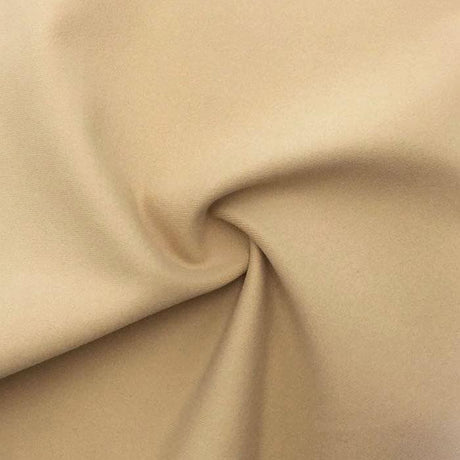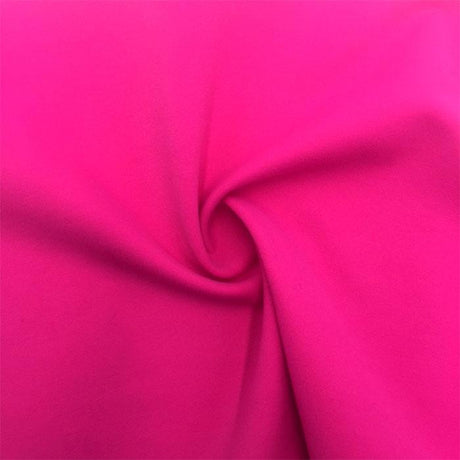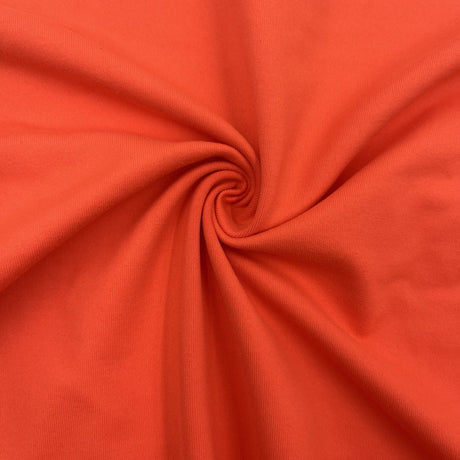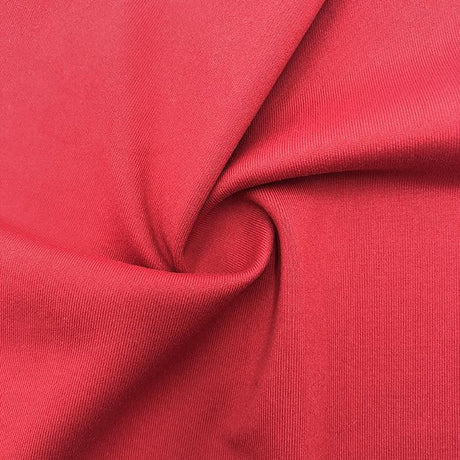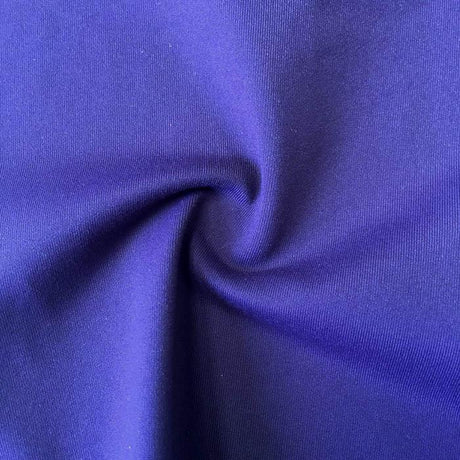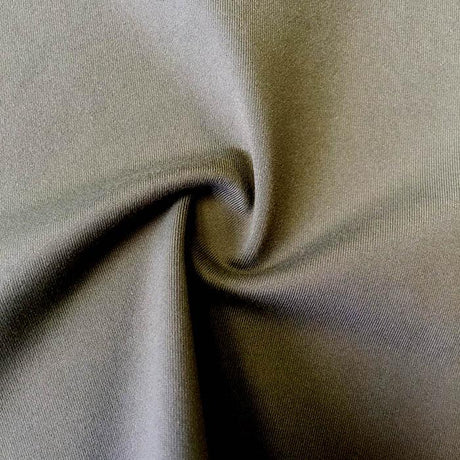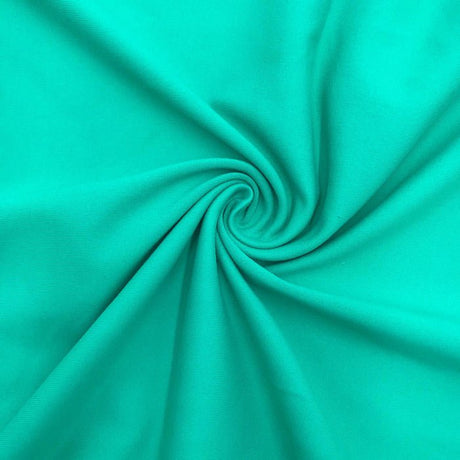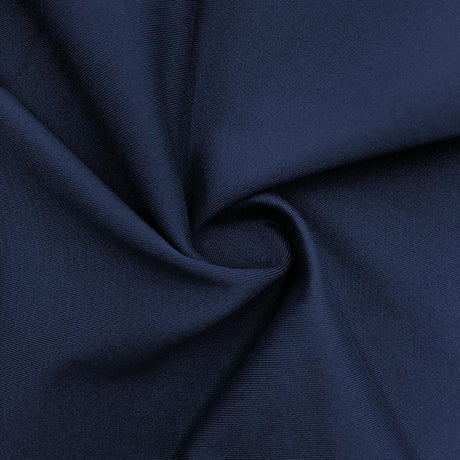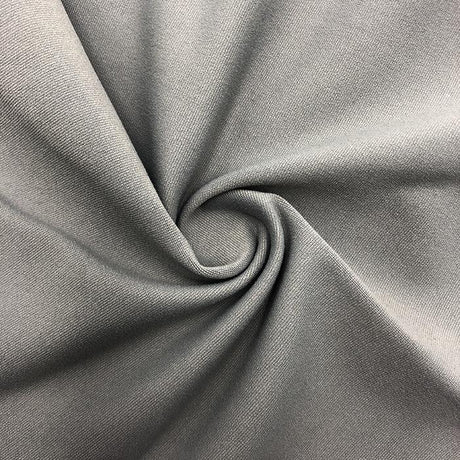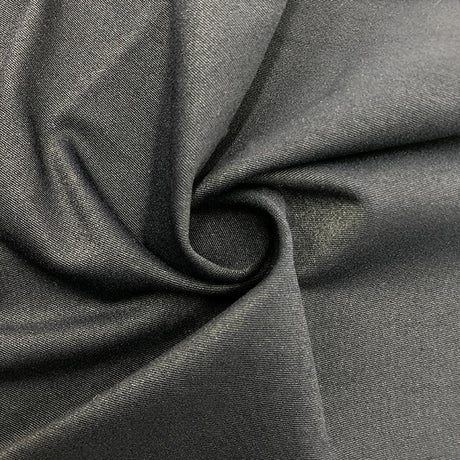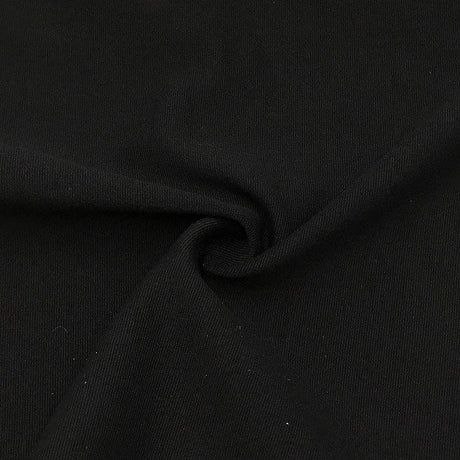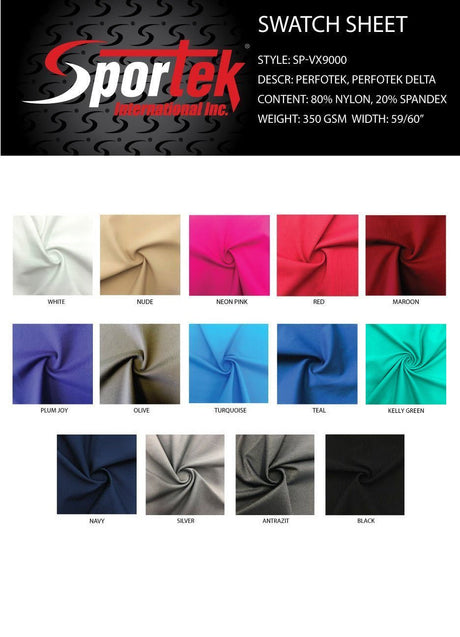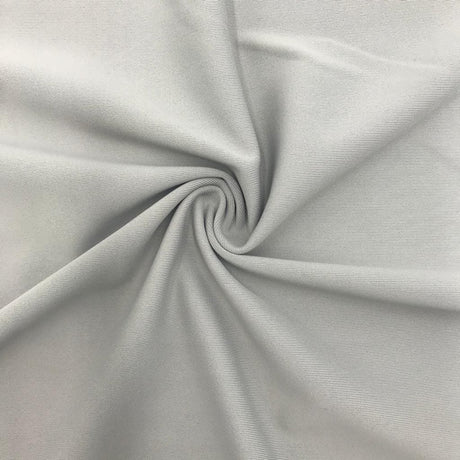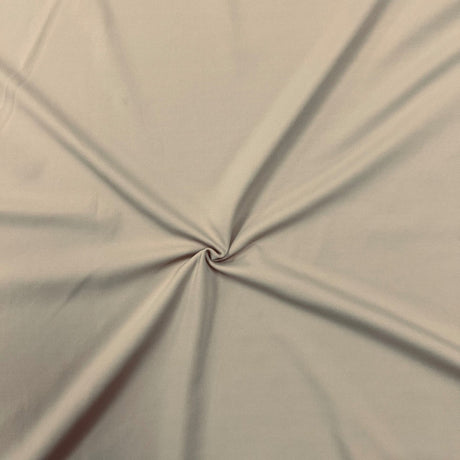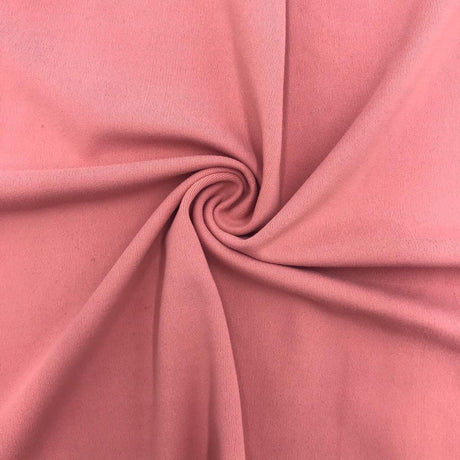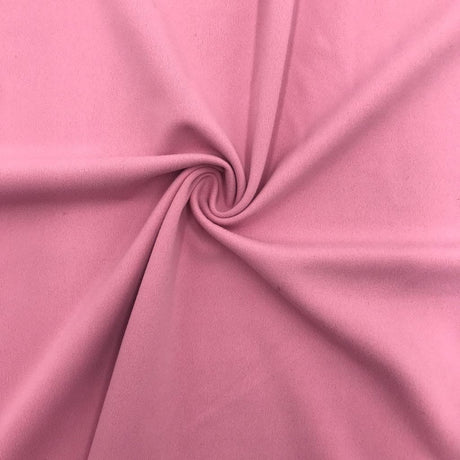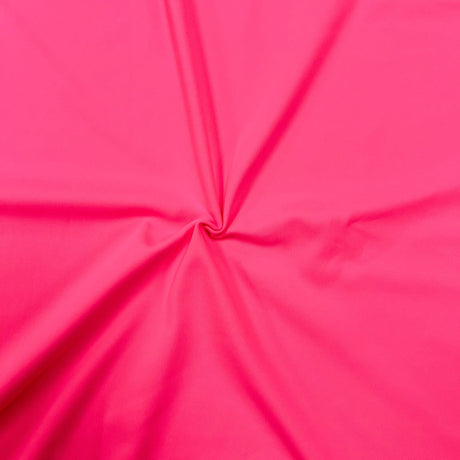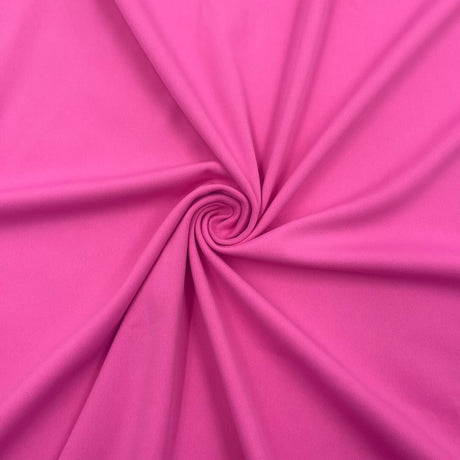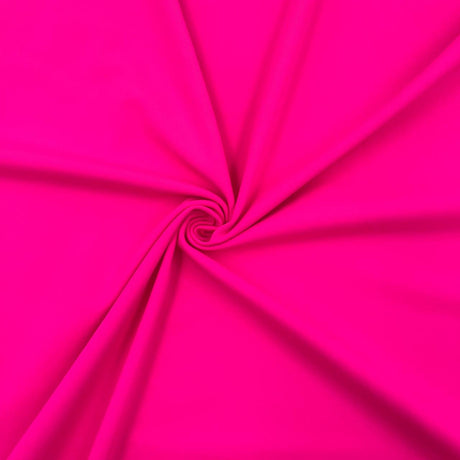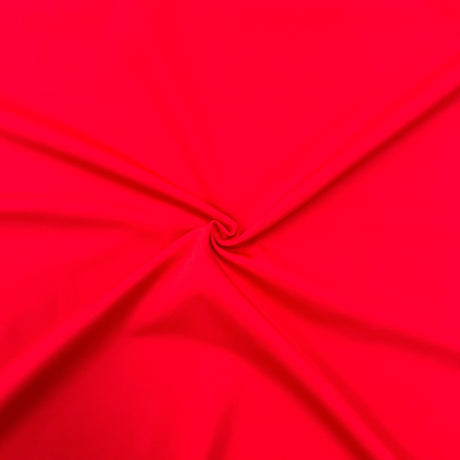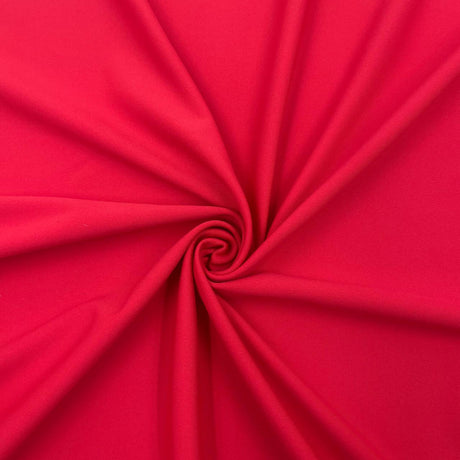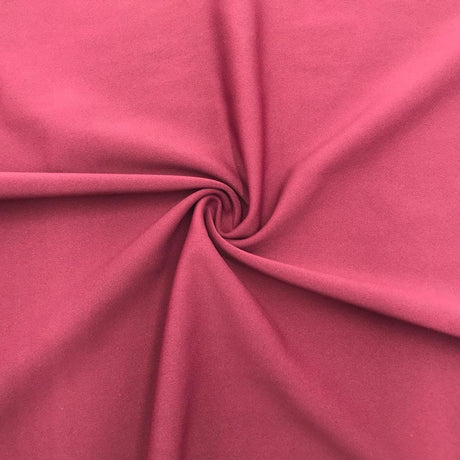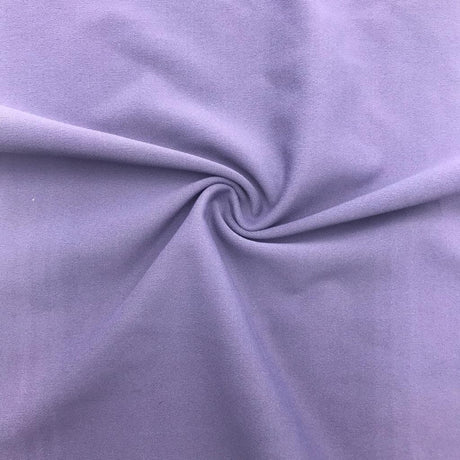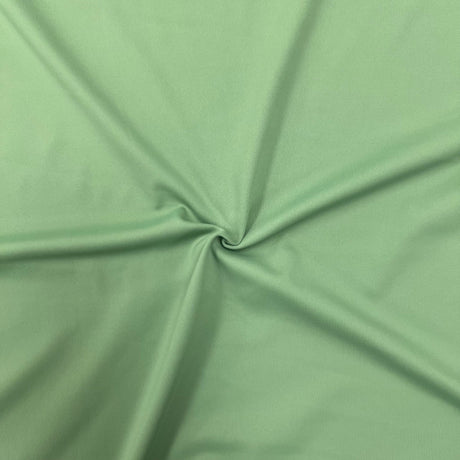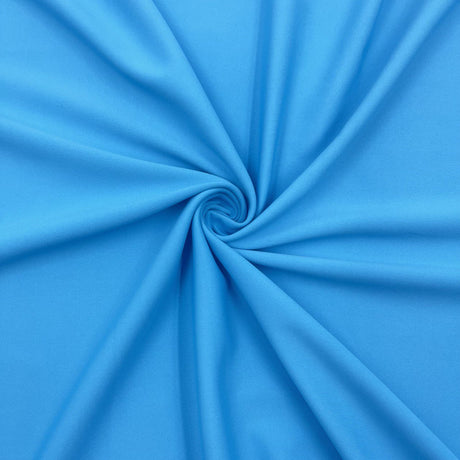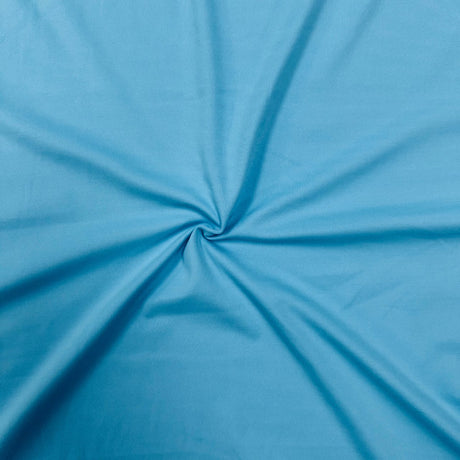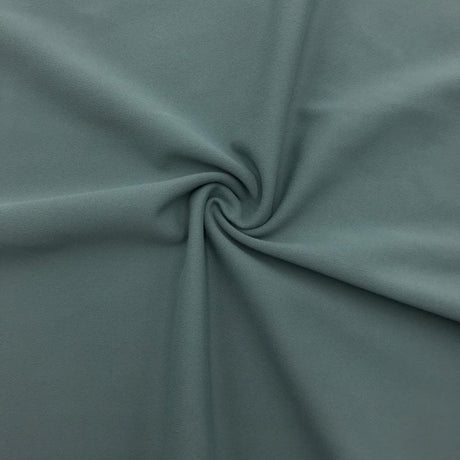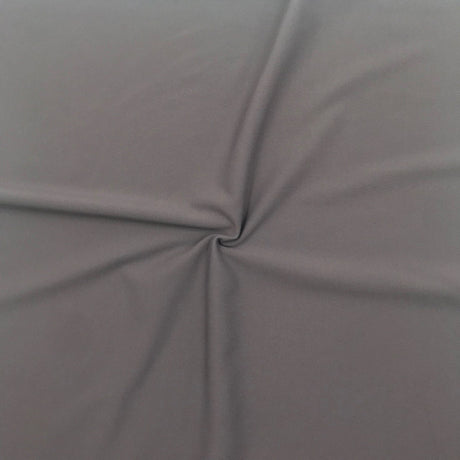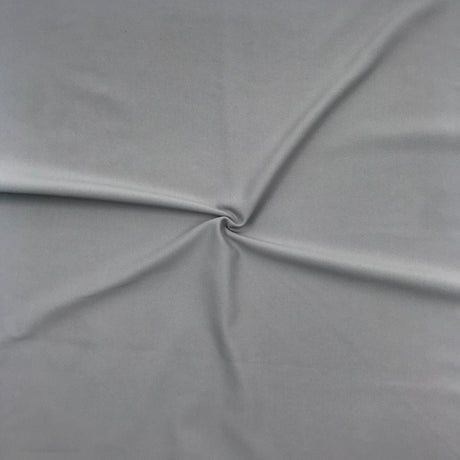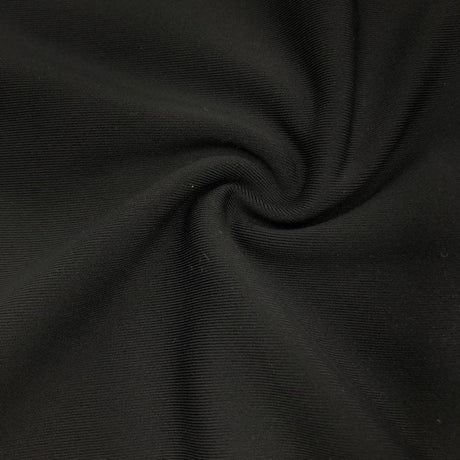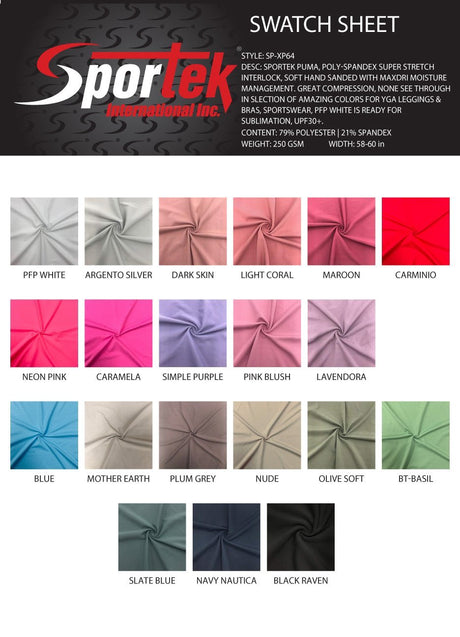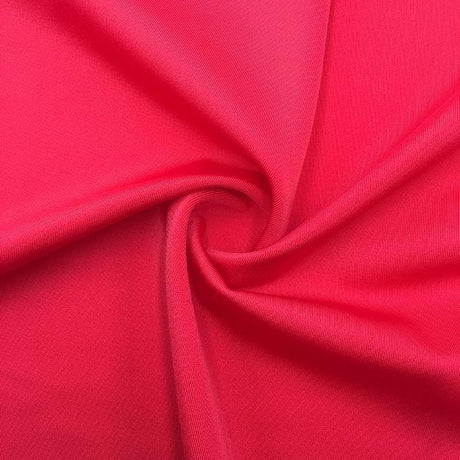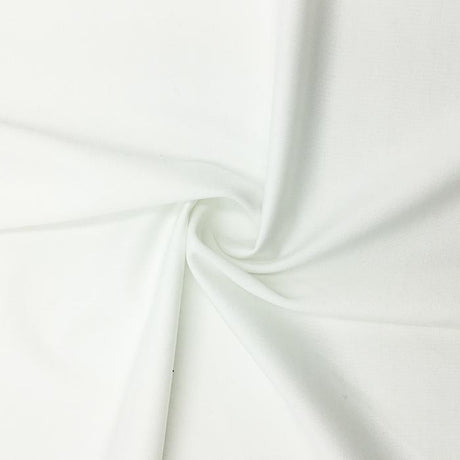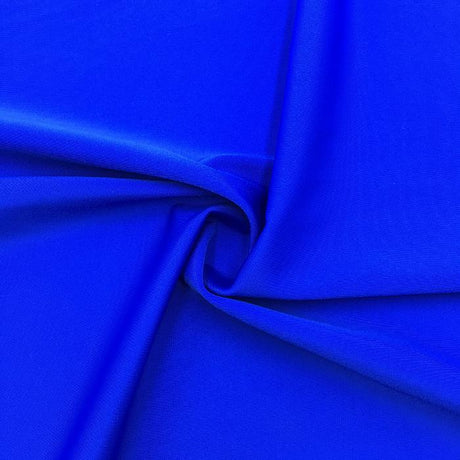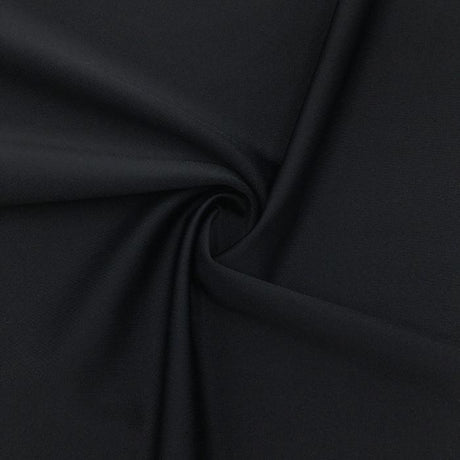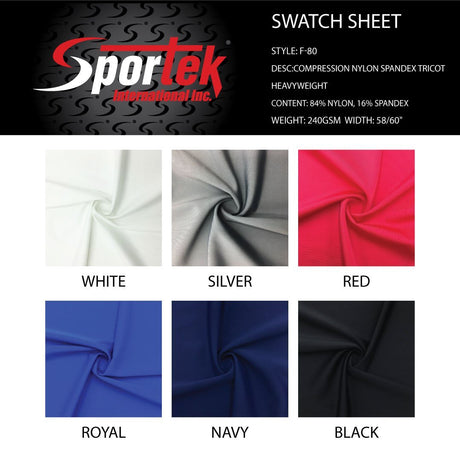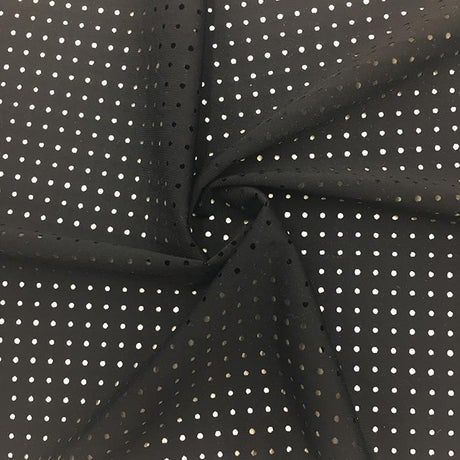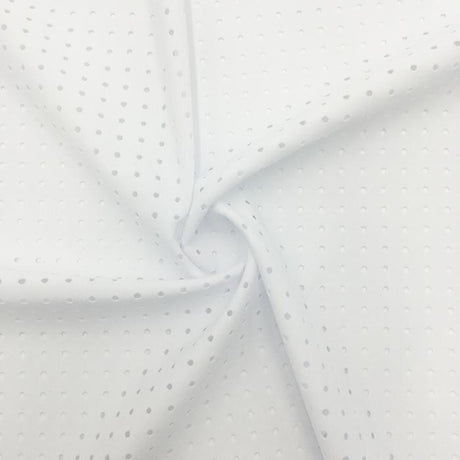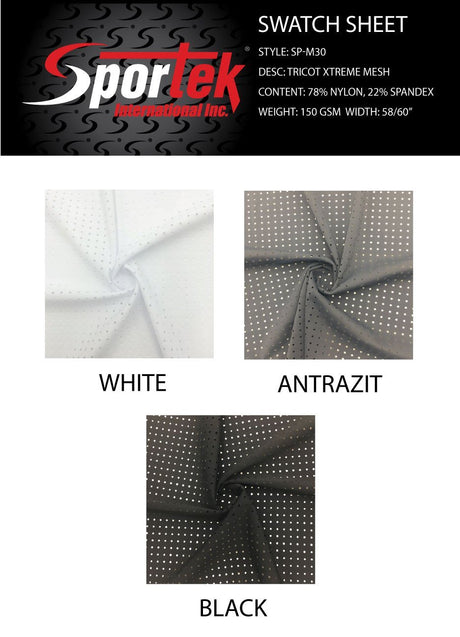In the world of performance textiles, selecting the right stretch fabric can make all the difference. Nylon, Supplex, and PBT are three popular options used in activewear, swimwear, and athletic apparel, each with unique strengths. Nylon is a classic synthetic fiber renowned for its strength and elasticity, Supplex is a modern engineered nylon designed for a cotton-like feel, and PBT is a specialized polyester valued for its stretch and chlorine resistance. This article compares these fabrics across key performance characteristics – stretch and recovery, durability, moisture-wicking, breathability, comfort and texture, colorfastness, and UV resistance – and examines their ideal use cases in everything from high-impact sports to yoga wear. A professional, technical lens is applied to determine which fabric performs best for various performance priorities.
Understanding the Fibers
Nylon (Polyamide)
Nylon was the first true synthetic fiber, developed by DuPont in the 1930s, and it quickly revolutionized textiles. Chemically a polyamide, nylon fibers are lightweight yet exceptionally strong and abrasion-resistant. In apparel, nylon is often blended with elastane (spandex) to create highly stretchable fabrics. It provides a smooth, sleek feel and excellent inherent resilience – nylon can be bent or stretched and will spring back to shape due to its molecular structure. However, traditional nylon fabric can have a somewhat slick or shiny handfeel and is less soft to the touch compared to natural fibers, which initially limited its appeal for garments. Even so, nylon remains a cornerstone of performance wear for its durability, flexibility, and light weight.
Supplex (Engineered Nylon)
Supplex is a branded type of nylon developed in the mid-1980s by DuPont (now Invista) to improve nylon’s comfort and versatility. Essentially, Supplex is made from ultra-fine nylon filaments – thousands of microscopic fibers are spun together – yielding a fabric that looks and feels more like cotton while retaining nylon’s strength. The result is a soft, flexible, and breathable nylon that overcomes the “plastic” handfeel of standard nylon. Supplex fibers are less prone to pilling and hold their shape even after repeated wash and wear. In practice, Supplex is often knit with spandex to produce 4-way stretch fabrics that are buttery-soft on the skin. This combination of cotton-like comfort and synthetic performance has made Supplex popular in yoga wear, leggings, and sports bras, where it delivers gentle touch, stretch, and moisture management without sacrificing durability.
PBT (Polybutylene Terephthalate Polyester)
PBT is a member of the polyester family – a thermoplastic polymer that emerged as a performance fiber for stretch applications. It is sometimes called a “stretch polyester” because PBT fibers have a natural elasticity (though not as high as Lycra) and exceptional elastic recovery. PBT gained prominence in competitive swimwear and sports uniforms due to its ability to provide stretch without needing much spandex, and its remarkable resistance to chlorine and chemicals. A PBT fabric can endure hundreds of hours in chlorinated water while maintaining its strength and shape. It’s also very lightweight and quick to dry. The trade-off is that PBT is a bit stiffer to the touch – it’s not as soft as nylon and has a more firm, smooth surface. You will often find PBT blended with standard PET polyester (for example, a 50/50 polyester-PBT knit) in high-performance swimsuits and athletic wear. This yields a fabric that is extremely durable, chlorine-proof, and stretch-capable, though with a slightly less “cozy” feel compared to nylon-based textiles.
(Below, we compare Nylon, Supplex, and PBT across various performance characteristics.)
Performance Comparison: Key Characteristics
Stretch and Recovery
- Nylon: When combined with elastane in a knit, nylon provides excellent 4-way stretch and recovery. Nylon-spandex fabrics can stretch to accommodate dynamic movement and then “bounce back” to their original shape without sagging. The nylon fiber itself is resilient, which aids shape retention. Overall, nylon blends are prized for a snug fit with long-lasting elasticity.
- Supplex: Supplex fabrics (typically with Lycra added) are engineered for flexibility. They offer the same degree of stretch as regular nylon blends, but with superior recovery and shape retention over time. Supplex was designed to hold its shape even after repeated stretching, so garments won’t bag out. In other words, you get all the 4-way stretch needed for athletics or yoga, plus confidence that the fabric will spring back and maintain a supportive fit.
- PBT: PBT fibers have an inherent stretchiness (though less extreme than spandex). A high-PBT fabric can typically elongate moderately and still return to form with >95% elastic recovery even after many stretch cycles. This material provides compression and stretch without the need for high spandex content – it “instantly springs back to shape” even after rigorous use. PBT won’t stretch quite as far as a Lycra-blend fabric, but it excels at not losing its elasticity. Athletic swimwear made with PBT keeps its tight fit and doesn’t become baggy over time, a testament to its recovery performance.
Durability (Wear & Tear)
- Nylon: One of nylon’s greatest strengths is its toughness. It has high tensile strength and is highly resistant to abrasion. In fact, nylon fabrics can be scraped or rough-handled without tearing – they were tough enough for WWII parachutes and remain so today. This makes nylon ideal for high-wear applications (think knee areas of pants, or backpacks). However, nylon’s durability can be compromised by environmental factors: it is vulnerable to chlorine damage (e.g. a nylon swimsuit can lose ~40% of its strength after extended exposure to pool chlorine). Nylon is also somewhat susceptible to UV weathering (addressed later). In general use, though, nylon is a long-lasting fabric; it withstands many wash cycles and rough use before showing wear.
- Supplex: Supplex was crafted to retain nylon’s legendary strength while improving other aspects. It is exceptionally durable, easily resisting abrasions, scuffs and even small tears during use. Users find that Supplex garments hold up to repeated workouts and laundering without thinning out or pilling. (Indeed, the fine filaments reduce pilling tendency.) Even after extensive use, Supplex apparel maintains its structural integrity. Notably, manufacturers often tout that Supplex “combines the comfort of cotton with the durability of nylon,” and this holds true – it does not tear easily and handles friction well. Additionally, some Supplex fabrics are treated to be water-resistant or UV-resistant, adding to their ruggedness. In short, Supplex delivers robust wear-life for athletic clothing, making it suitable for intensive training or outdoor use.
- PBT: Durability is where PBT truly shines, especially in harsh conditions. As a polyester, it is very resistant to physical wear: PBT fabrics resist pilling, snagging, and abrasion even when rubbed against rough surfaces (like pool decks or velcro). This fiber can withstand repeated exposure to sweat, saltwater, sunscreen oils, and chlorine without breaking down. In competitive swimwear, where suits are worn in chemically treated water daily, PBT outlasts nylon by a wide margin. It maintains its fiber strength and doesn’t easily degrade or thin out. PBT-based textiles are often described as “unmatched in durability” for sports – they keep their structural integrity and support over multiple seasons of heavy use. The only minor drawback is that PBT can feel a bit rigid, but that rigidity is part of its strength. For any application demanding maximum longevity (especially in chemically aggressive environments), PBT is a top performer.
Moisture-Wicking and Drying
- Nylon: As a semi-hydrophilic synthetic, nylon doesn’t hold much water and can facilitate moisture movement. In practice, nylon-blend athletic fabrics do a good job of wicking sweat from the skin to the outer surface, where it can evaporate. Notably, nylon-spandex textiles tend to dry very quickly, often faster than equivalent polyester blends. This quick-dry property means that during intense workouts, nylon activewear doesn’t stay soaked – it helps keep you dry and relatively cool. Many high-end sportswear brands choose nylon blends for this reason. The material manages perspiration well, preventing that heavy, clammy feeling by dispersing moisture efficiently.
- Supplex: Supplex fabric was specifically designed with moisture management in mind. It is highly moisture-wicking, pulling sweat off the body and spreading it across the fabric for rapid evaporation. During exercise, a Supplex shirt or legging will transport sweat away from your skin, helping you stay dry. In addition, Supplex is renowned for its quick-drying capability – it can dry far faster than cotton would. This makes it great not only for workouts but also for travel or outdoor use where you might get wet; the fabric won’t stay soggy. The combination of wicking and quick dry means Supplex keeps athletes comfortable even during heavy sweating. (Some Supplex fabrics are so effective they’re used in swimwear and dry almost as soon as you’re out of the water.)
- PBT: PBT is extremely hydrophobic, even more so than nylon. It repels water, meaning it doesn’t really “wick” sweat in the traditional sense (since it won’t absorb moisture to transport it), but it allows sweat to evaporate quickly off the surface. Any moisture on a PBT garment tends to roll off or dry rapidly. In fact, synthetic fibers like polyester/PBT cause moisture to evaporate rapidly because they do not soak it up. The result: PBT fabrics have an inherent quick-dry quality. In swimwear, this is ideal – a PBT racing suit feels light in the water (minimal water absorption) and dries soon after you exit the pool. In activewear, a PBT blend top won’t get waterlogged with sweat, and it will dry out quickly as you rest. The flip side is that, without a wicking treatment, PBT might not disperse sweat as evenly as nylon does. Still, thanks to not holding moisture, PBT keeps athletes dry by drying fast – it avoids the issue of lingering dampness or post-workout chill.
Breathability
- Nylon: The breathability of a fabric is influenced by both fiber and knit structure. Nylon fibers themselves do not trap as much heat and can be woven or knitted to be quite breathable. Many nylon-spandex athletic fabrics are thin and allow air exchange, contributing to a cooler feel. Nylon is also lightweight, which helps. Overall, nylon-based activewear is known for being breathable and comfort-driven. Runners and yogis often describe nylon leggings or tops as feeling less suffocating than some heavier polyester ones. That said, a tightly woven nylon (as in some windbreakers) can be less breathable – but in stretch knit applications, nylon performs well at allowing your skin to “breathe.”
- Supplex: Supplex excels in breathability for a synthetic fabric. It was intended to mimic cotton’s comfort, so Supplex fabrics are usually made with a soft, air-permeable knit. The fine filament construction yields tiny gaps that let moisture vapor escape. In fact, Supplex is often touted as breathable and well-ventilated, suitable for next-to-skin wear during exercise. Users find that Supplex pants or tops don’t feel as stifling as some thick poly gym wear; instead, they have a nice airflow and tend to avoid that sticky-sweaty feeling. By marrying breathability with wicking, Supplex keeps you cool and dry. It’s worth noting that some Supplex fabrics even have mesh-like constructions for extra ventilation, used in high-sweat zones. In summary, Supplex offers breathability approaching that of a natural fiber, making it comfortable for tough workouts.
- PBT: Pure PBT fabrics (as used in competition swimwear) are typically very tightly knitted for compression, and thus not very air-permeable – but in water this isn’t an issue. For land activewear, PBT is usually blended and can be engineered for breathability, though it generally has a more closed structure. One could say PBT provides a middle ground in comfort: it doesn’t breathe as freely as a cotton or a Supplex nylon, but it also doesn’t become clammy because it stays dry. The smooth, fine yarns of PBT polyester can actually reduce airflow a bit compared to textured nylon yarns. In practical terms, a PBT-containing fabric might feel slightly warmer or less breathable during intense exercise. However, because it dries so fast, it avoids the worst of heat retention. Many competitive athletic garments (like sprint suits or cycling skinsuits) use poly/PBT blends that trade a bit of breathability for aerodynamic fit and durability. Unless specifically knitted for airflow, PBT fabrics are moderate in breathability – sufficient for swimming or cooler weather training, but perhaps less ideal than Supplex for a hot yoga class.
Comfort and Texture
- Nylon: Standard nylon-spandex fabrics are smooth and slightly silky to the touch. They tend to have a gentle sheen and a cool, slick feel on the skin. Many wearers find nylon activewear quite comfortable, as it’s lightweight and glides over the body without chafing. Nylon lacks the natural fluffy warmth of cotton, but its silky finish can feel luxurious. Compared to polyester, nylon is generally softer and more supple. On the downside, that smoothness can sometimes be perceived as slippery, and if the fabric is thin it may not be as cozy in cold conditions. Nonetheless, for most people, a well-made nylon legging or top is very comfortable for workouts – the material moves with you and doesn’t scratch or irritate. The high-end “second skin” feel of many leggings (like those from premium athletic brands) often comes from high nylon content.
- Supplex: Supplex is all about comfort. It was engineered to provide a “cotton-like” softness that traditional nylon lacked. In fact, Supplex is measured to be about 26–36% softer than regular nylon by handfeel tests. The texture is matte or slightly brushed, lacking the shiny slickness of regular nylon – people often describe it as buttery, soft, and natural on the skin. This makes Supplex garments exceedingly comfortable for long durations. You’ll notice Supplex yoga pants, for example, feel gentle and non-plasticky, almost like a soft cotton knit, yet they perform like a tech fabric. The absence of harsh fiber ends (due to the fine filaments) means less itch or irritation. Additionally, Supplex retains this softness wash after wash, whereas some ordinary nylons can get harsher over time. For anyone who prioritizes a soft, cozy feel in athletic wear, Supplex delivers it while still being thin and lightweight. It’s often described as the best of both worlds: soft comfort plus stretch and performance.
- PBT: PBT’s texture is smooth, flat, and somewhat firm. It does not have the fuzzy softness of Supplex nor the silkiness of nylon – instead it feels more like a traditional polyester, with a crisp hand. Many competitive swimsuits using PBT have a slippery, streamlined exterior (to reduce drag) and a tight, compressive feel on the body. In everyday terms, PBT fabrics are not as cozy; they can feel snug and slightly stiffer, which is great for muscle compression but not for lounging. As noted, PBT is “not quite as soft as nylon”. That said, modern knitting techniques can impart some softness – for example, a PBT-blend running short might be made in a knit structure that has some give and softness. But in head-to-head comparison, few would call PBT more comfortable than Supplex. It’s usually chosen for its performance merits rather than tactile comfort. If you wear a PBT-heavy garment, you’ll likely notice the firm fit and slick touch. For athletes focused on function, this is a fair trade-off, but for pure comfort seekers, PBT would rank below a Supplex or cottony fabric.
Colorfastness
- Nylon: Nylon fibers accept dye very readily, yielding rich colors – however, nylon’s Achilles’ heel is colorfastness to UV and chlorine. Over time, nylon garments (especially bright colors) can fade with repeated exposure to sunlight or pool water. In fact, tests show nylon swim fabric may retain only ~60% of its color intensity after extensive chlorine exposure (while polyester retains ~95%). This means a nylon swimsuit or activewear piece might gradually dull or wash out if not cared for. On the flip side, nylon’s easy dyeability allows for vibrant prints and deep hues that look great initially – it’s popular for fashion-forward athletic prints. For most gym wear, fading isn’t extreme, but for swimwear it’s noticeable that nylon suits lose brightness faster. In summary, nylon is brilliant in color uptake but needs proper care to avoid fading; frequent washing in harsh conditions will mute its colors faster than with polyester.
- Supplex: One of Supplex’s advantages over standard nylon is its enhanced color retention. Supplex fabrics are often advertised as fade-resistant. They hold dye very well even through many wash cycles and extended sun exposure. A Supplex shirt, for example, will keep its color saturation better than a comparable cotton shirt that might bleach out or a standard nylon that might yellow. This makes Supplex great for outdoor-use apparel – your forest green or bright red leggings will stay vivid longer. Supplex’s resistance to fading extends to UV exposure; it doesn’t easily get that “sun-bleached” look. In practice, users find Supplex activewear continues to look new for a long time, with colors remaining rich. So for colorfastness, Supplex outperforms regular nylon, and it even rivals polyester in holding color. (It’s worth noting that Supplex also doesn’t bleed dye as much, so colors won’t transfer onto other clothes easily.)
- PBT: PBT is exceptional when it comes to keeping color. This fiber not only resists chemical degradation, which protects colorants, but also often uses high-energy disperse dyes that are very wash-fast. In swimwear applications, PBT fabrics have been observed to stay vibrant through multiple seasons of heavy use. They surpass even standard polyester in color retention under harsh conditions. That means a PBT-blend swimsuit can be worn daily in chlorinated water and still maintain its color far longer than a nylon-spandex suit. PBT also resists UV fading quite well (polyester in general is UV-stable, as noted below). For example, a black PBT competition swim jammer will remain jet-black instead of turning brownish over time, and bright team colors won’t easily dull. In short, PBT offers best-in-class colorfastness for performance fabrics. For any application where color longevity is critical (team uniforms, swim team suits, etc.), PBT is often the recommended fiber.
UV Resistance
- Nylon: Prolonged sunlight is hard on nylon. UV radiation can break the molecular bonds in nylon, leading to fiber degradation and loss of strength. Practically, this means that nylon exposed to direct sun for long periods will age faster – it may become brittle or discolored (often developing a yellowish tint). Compared to other polymers, nylon is not very UV-resistant; it “degrades quickly under sunlight” unless stabilizers are added. For apparel, this matters if you leave your nylon gear to dry in the sun often, or use it extensively outdoors (e.g. a nylon pack or jacket in sun may not last as long as a polyester one). In terms of protecting the wearer from UV, nylon can actually block UV rays reasonably well if the fabric is thick/tight – but thin nylon can let a lot of UVA/UVB through. Many nylon garments are not UPF rated unless specifically treated or tightly woven. So, from a garment longevity perspective and a sun-protection perspective, nylon is middle-of-road. It benefits from UV inhibitor treatments if intended for outdoor use.
- Supplex: Despite being a form of nylon, Supplex is often rated for better UV performance. The fabric can be made with built-in UV blockers or dense constructions that achieve high UPF ratings (UPF 40+ is common for Supplex). This means Supplex garments tend to be more UV-resistant, both in not degrading and in protecting skin. For example, Supplex sun shirts or hats are popular in outdoor apparel because they can withstand sun exposure without quickly breaking down, and they significantly reduce UV transmission. The Western Rise material study notes Supplex as “UV resistant,” meaning the fiber/fabric was engineered to take on harsh sun with minimal fading or strength loss. If you’re hiking or running in the sun, a Supplex outfit is likely to hold up better than a regular nylon one. It’s a smart choice for outdoor activewear in sunny climates. Always check if the specific Supplex fabric is given a UPF rating; many are, owing to their tight knit and fiber additives.
- PBT: Polyester is known for its excellent UV resistance, and PBT shares that trait. Polyester fibers are far more UV-stable than nylon fibers – they don’t break down as quickly under sun exposure. This is one reason polyester is used for flags, outdoors gear, and marine applications. A PBT/polyester swimsuit or sports jersey can handle long hours in the sun with negligible loss of integrity (aside from possible dye fading after very long exposure, which is minor). In terms of UV protection for the wearer, most PBT swimwear is fairly tight knit and often dark-colored, which naturally provides good UV blocking (some competitive swim fabrics are UPF 50+ by their very nature). Users of PBT athletic wear can expect the garment to last through many summer seasons without the sun causing it to fall apart. Therefore, for UV-intensive environments, PBT is a reliable fabric. Whether it’s beach gear or alpine sports apparel, polyester/PBT materials will outlast most nylon equivalents when it comes to UV endurance.
Use Cases in Activewear, Swimwear, and Yoga
Activewear & High-Impact Sports: For activities like running, cross-training, HIIT, or team sports, the fabric must handle sweat, friction, and frequent movement. Nylon-spandex blends (including Supplex-based fabrics) are popular in general activewear because they offer a combination of stretch, softness, and sufficient durability. Many premium leggings, compression shorts, and sports bras use a high nylon content for that flexible, second-skin feel. Supplex in particular shines in gym wear or running tights where comfort and stretch are paramount – you get a supportive fit that moves freely with the body, with no chafing. Moreover, nylon’s superior abrasion resistance is beneficial for high-impact workouts; for example, nylon training pants won’t abrade easily during rope climbs or slides on turf. On the other hand, for extremely intense or extended outdoor use, polyester-based fabrics (like those with PBT or other poly) might be chosen for their absolute durability and sweat management. High-sweat, high-heat sports (distance running, summer training) can call for polyester’s slightly better breathability in loose weaves and its resistance to body oils. In summary, both nylon and PBT/poly blends find use in high-impact sports: go with Supplex/nylon for a softer touch and stretch, or go with a PBT/polyester fabric when chlorine, constant sun, or maximal ruggedness are factors. Often, a blend of both (nylon for comfort with a bit of polyester for stability) is used in sports apparel to get the best of both worlds.
Swimwear (Pool & Beach): Swimwear places perhaps the most stringent demands on fabric due to exposure to chlorine, salt, UV, and constant stretch. For fashion swimwear or occasional beach use, nylon-Spandex blends are common – they give a very smooth, form-fitting appearance and can be printed with vibrant designs. Women’s bikinis and men’s surf shorts often use nylon blends for their soft feel and stretch. However, anyone who has worn a nylon swimsuit in a chlorinated pool knows the downside: it will degrade relatively quickly, losing elasticity and color (nylon suits may last only a season of regular swimming before they begin to sag or fade). That’s where PBT polyester fabrics dominate for performance swimwear. Competitive swimmers and swim teams almost exclusively use polyester/PBT blended suits because they can withstand chlorinated water for hundreds of hours with minimal wear. A PBT-containing suit will retain its shape (no sagging or thinning) and color far longer than a Lycra (spandex) heavy suit. Additionally, PBT suits have functional advantages: they absorb less water (so they stay light and fast in the pool) and they often maintain a tighter compression on the body, which competitive swimmers prefer for speed. The trade-off, as mentioned, is a firmer feel and slightly less stretch, but in the water that’s acceptable. For recreational swimmers who want longevity, many brands offer “chlorine-resistant” swimwear lines using PBT as well. If you’re mostly sunbathing or gentle swimming, a nylon/Lycra swimsuit is fine (and gives that classic silky stretch feel). But if you’re in the pool daily or require a training suit, poly/PBT is the recommended fabric for its unbeatable durability in swim conditions.
Yoga & Athleisure: Yoga apparel prioritizes stretch, comfort, and a soft touch, making this a perfect domain for Supplex and similar nylon blends. Yoga pants and leggings almost always use a Nylon-Spandex mix because it provides 4-way stretch for bending and posing, along with a gentle, non-restrictive feel. In particular, Supplex is a favorite for yoga wear – yogis love that it feels as cozy as cotton leggings but performs much better by wicking sweat and holding its shape through stretches. The fabric’s breathability and softness enhance comfort during practices where you might be in poses for a while or in a heated studio. Supplex-based leggings and tops give a brushed, calming feel that suits the mindful aspect of yoga. In the broader athleisure category (casual wear that is athletic-inspired), Supplex and soft nylon fabrics are also prominent. People want their everyday leggings or hoodies to be comfortable for all-day wear, and these fabrics deliver that while still looking sleek. Polyester or PBT blends are less common in yoga/athleisure since they’re a bit stiffer; you might see them in high-compression tights or budget-friendly lines (polyester is cheaper), but they’re usually blended with rayon or cotton to improve feel. Overall, for yoga and lifestyle activewear, Supplex (or quality nylon-spandex) is arguably the best choice because it offers the needed flexibility and an indulgently soft, breathable touch. The body-friendly nature of Supplex aligns perfectly with low-impact, high-comfort activities.
(It’s worth noting that each of these fabrics can cross over uses – e.g., Supplex is also used in some swimwear for its quick-dry comfort in hybrid water-to-land pieces, and PBT can appear in sporty apparel like competition rowing unisuits or triathlon kits. Designers choose the fabric that best matches the performance priority of the garment.)
Conclusion and Expert Recommendation
Choosing between nylon, Supplex, and PBT ultimately comes down to your performance priorities and end-use. Each of these stretch fabrics “performs best” in certain scenarios:
- For Swimwear: PBT (or polyester/PBT blends) is the top recommendation if longevity and chlorine-resistance are your main concerns. An expert would point you to PBT-based fabrics for any competitive or frequent-use swimsuits, since they withstand chlorine for far longer than nylon and keep their shape and color despite daily swimming. Nylon-spandex swimwear, while luxuriously smooth, is best reserved for occasional wear or fashion pieces where maximum durability isn’t critical. In short, PBT is the stretch fabric of choice for serious swimwear – it simply outlasts the others in pool conditions.
- For High-Impact Sports & Intense Training: If you need a fabric that can handle high abrasion, lots of sweat, and outdoor conditions, a case can be made for both nylon-based and polyester-based solutions. Supplex (nylon) blends are often favored for high-impact gym workouts, running, and sports because they offer superior comfort (important when garments are tight) and excellent flexibility. The fabric moves with you and won’t irritate the skin, which is crucial in long training sessions. Nylon is also highly abrasion-resistant, so it will survive tough use. However, if your priority is extreme durability or dealing with harsh elements (say, ultra-marathons in the sun, or garments that see a ton of sweat and washing), polyester/PBT fabrics could edge out nylon. They are slightly more resistant to wear over time and won’t break down from UV or chemicals. In practice, many high-performance sports apparel items mix nylon and polyester to balance these factors. As an expert recommendation: for most athletes, a high-quality nylon-spandex (or Supplex) fabric will cover your needs with a softer feel; but for the absolute maximum in durability (with a firmer feel), consider a PBT/polyester technical fabric. Both will deliver on stretch and support, so it comes down to whether you prioritize a premium feel versus maximum lifespan in brutal conditions.
- For Yoga, Pilates & Athleisure: Supplex nylon is the hands-down winner for activities where comfort, gentle support, and breathability are key. Professional yogis and instructors often seek out Supplex-based attire because it is so comfortable and adaptive – it feels like a second skin and never distracts from the practice. The softness and flexibility of Supplex make it perfect for yoga pants and leggings, allowing deep stretches without any restriction or scratchy sensation. It also keeps you dry in a hot yoga class, which enhances comfort. While standard nylon-spandex (even if not specifically Supplex) also performs great here, Supplex is a notch above in comfort. PBT fabrics, in contrast, are generally not recommended for yoga/athleisure; their stiff nature doesn’t lend itself to meditative or casual wear. So, for low-impact, studio, or daily casual activewear, stick with Supplex or quality nylon blends for the best experience.
In summary, there is no one-size-fits-all “best” fabric – each of these three excels in a different arena. PBT is unparalleled for chlorine-heavy, endurance applications (like competitive swimwear), Supplex nylon is superb for softness and all-around athletic comfort (ideal for yoga and everyday activewear), and standard nylon (with spandex) is a reliable workhorse for general sports apparel, balancing stretch and durability. By understanding the nuances detailed above, you can choose the stretch fabric that aligns with your specific performance needs, ensuring your athletic garments deliver the optimal mix of comfort, longevity, and functionality.


